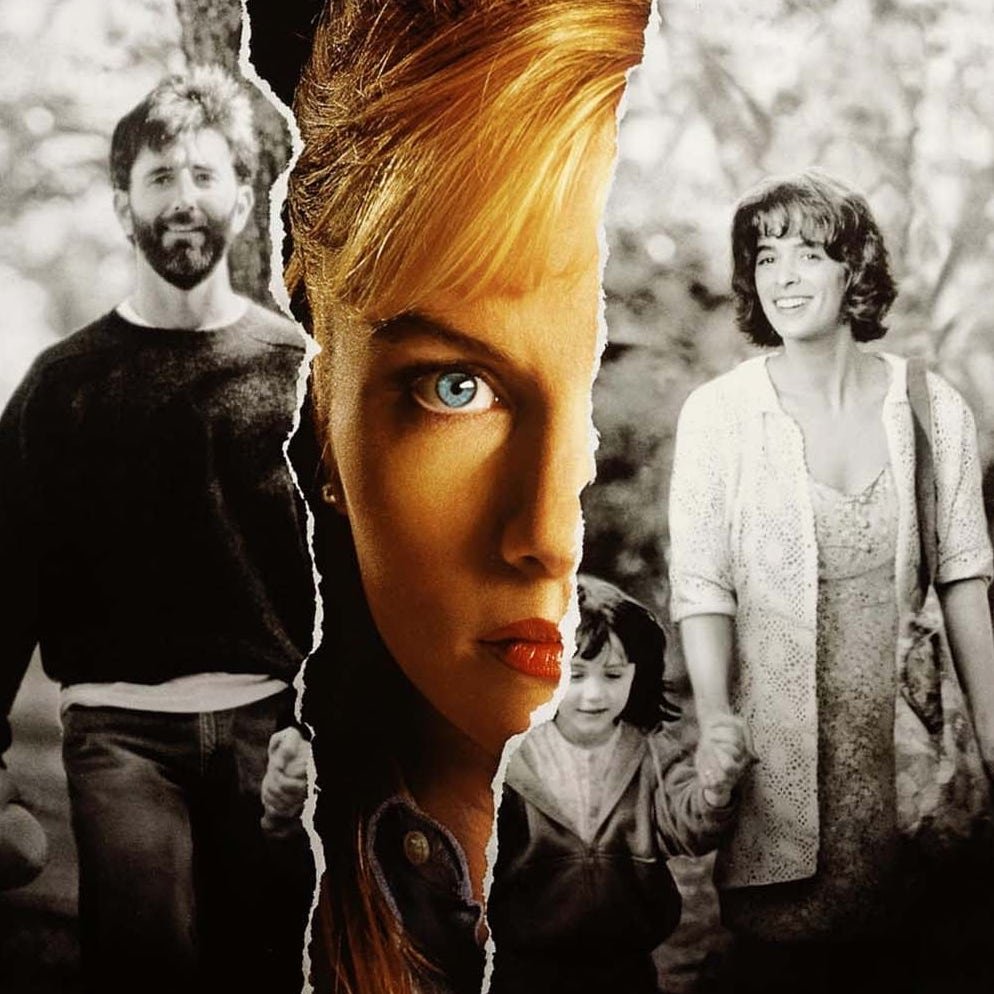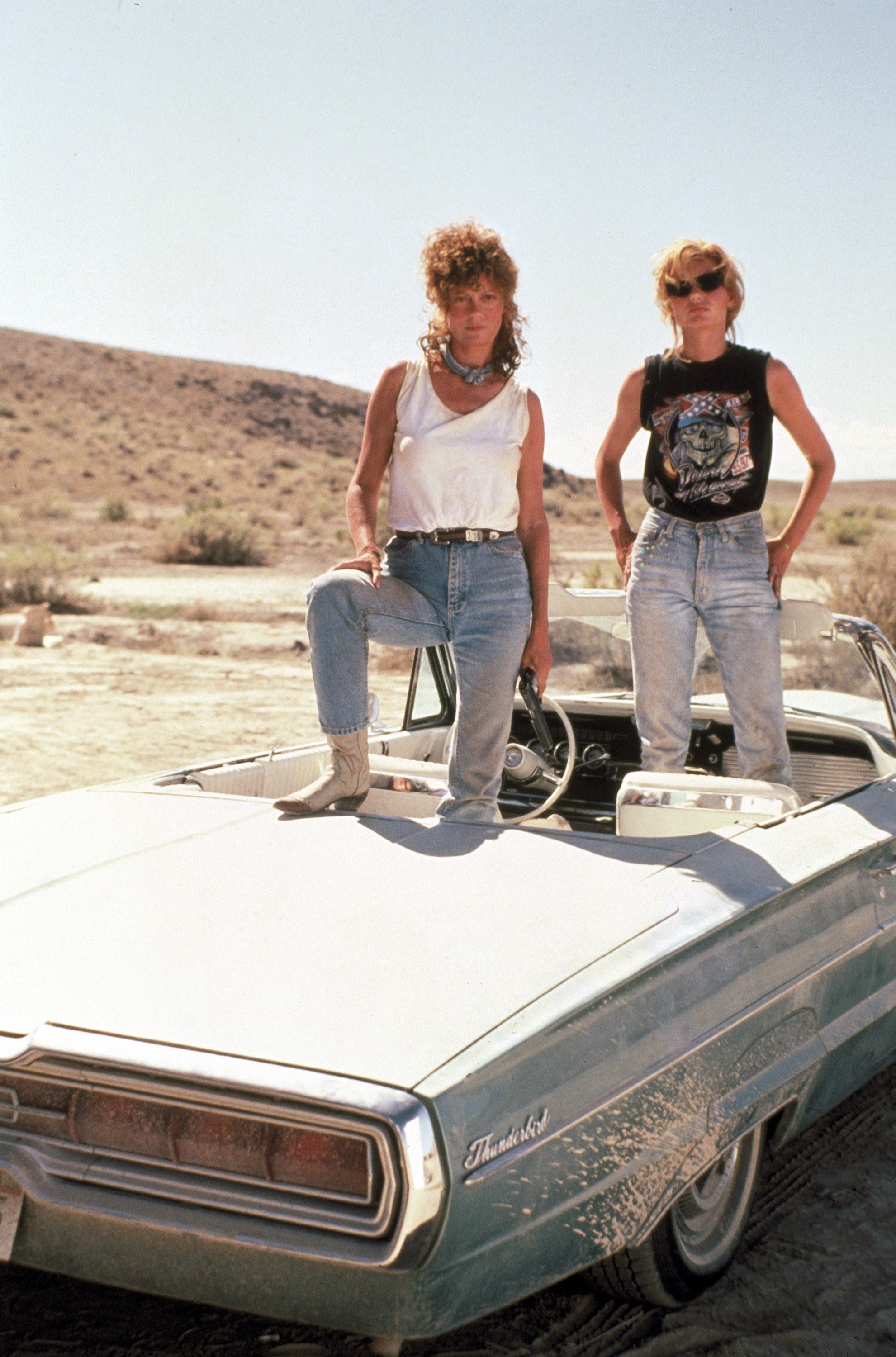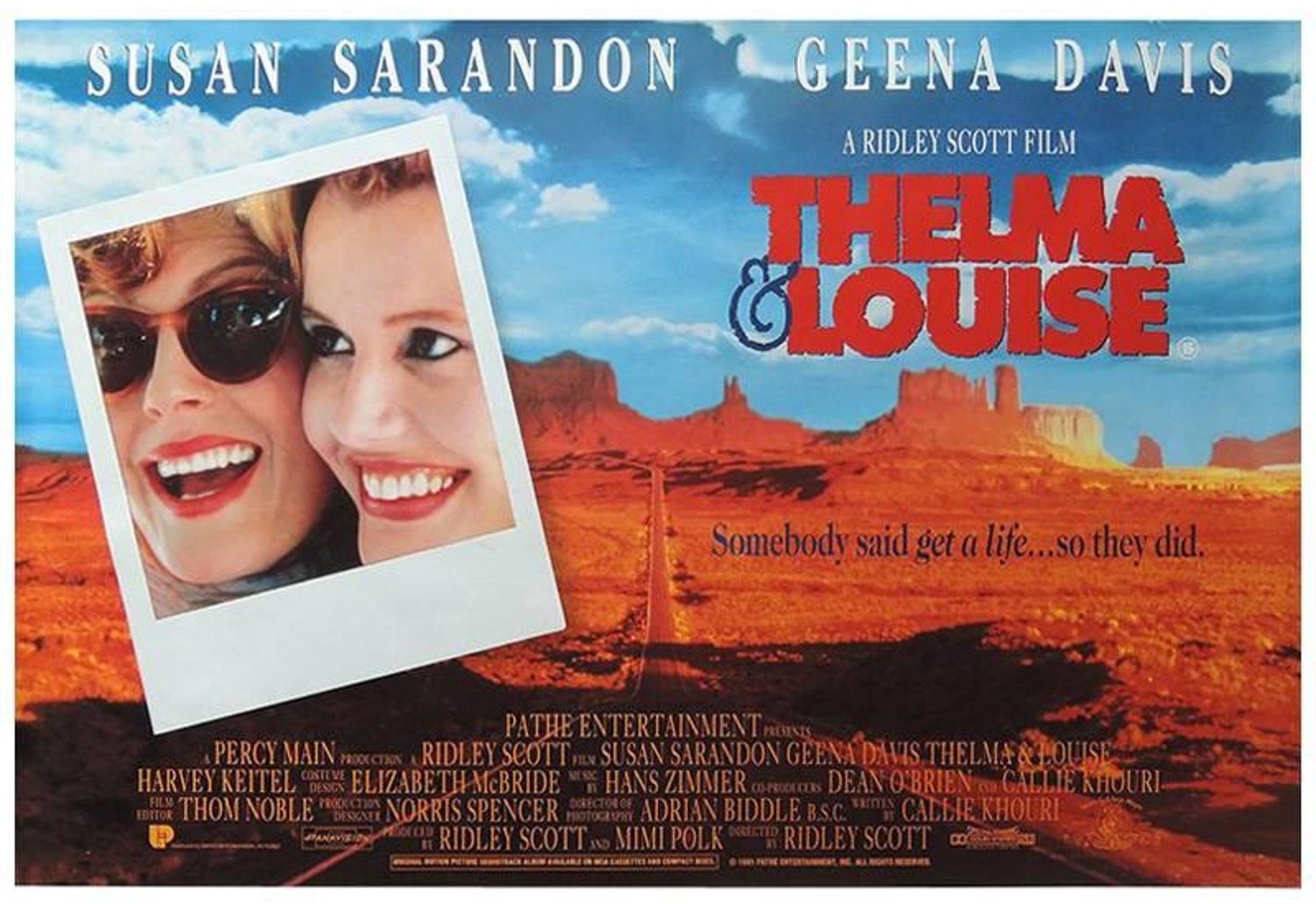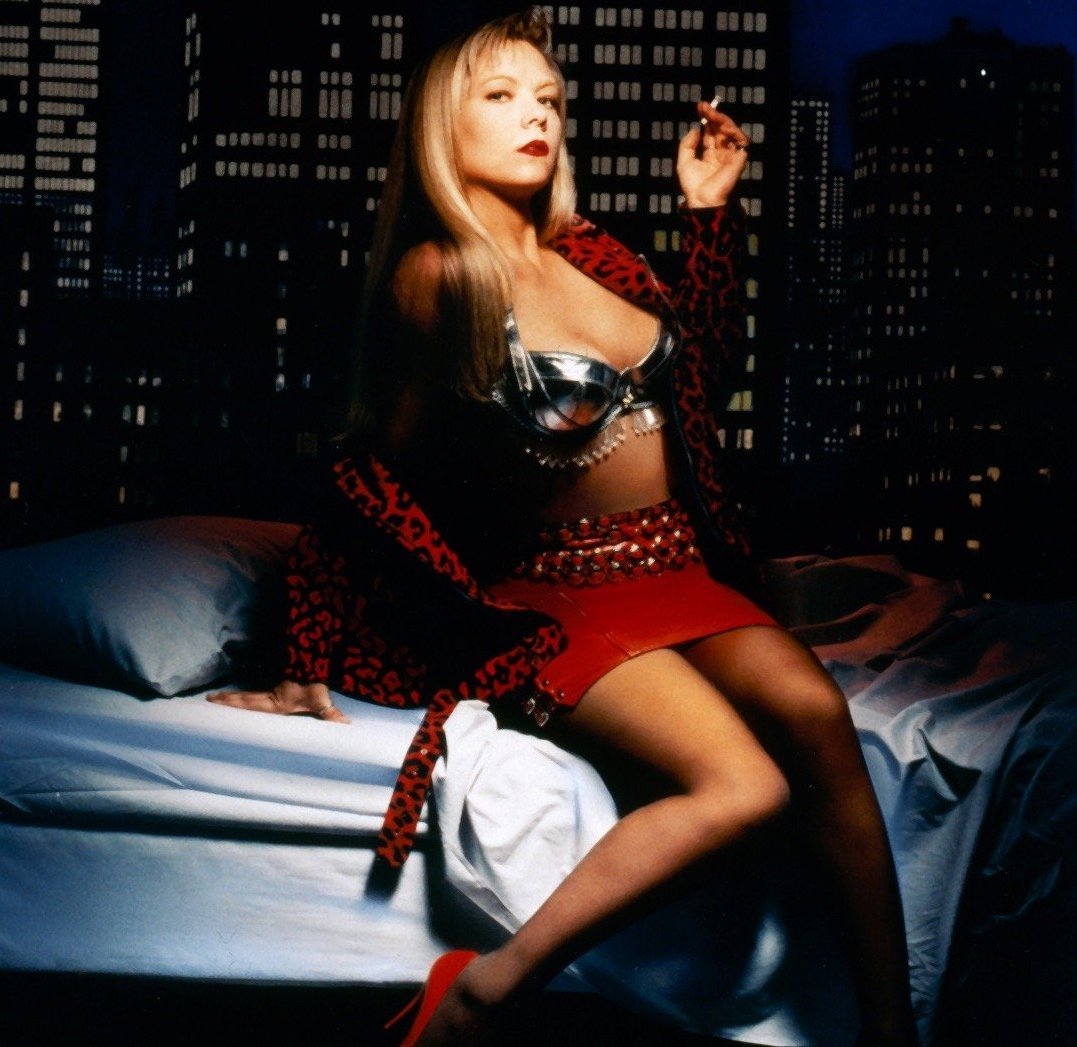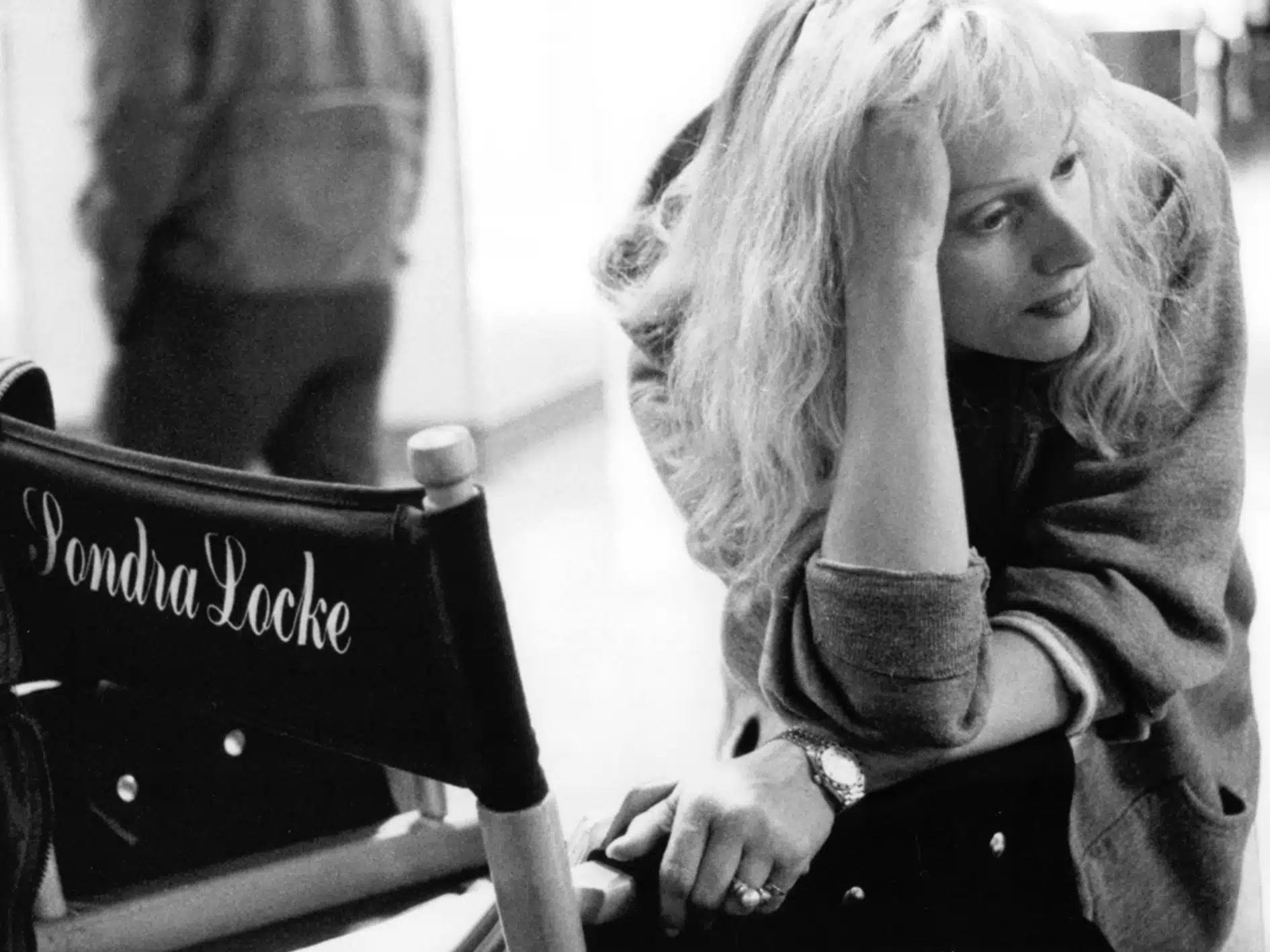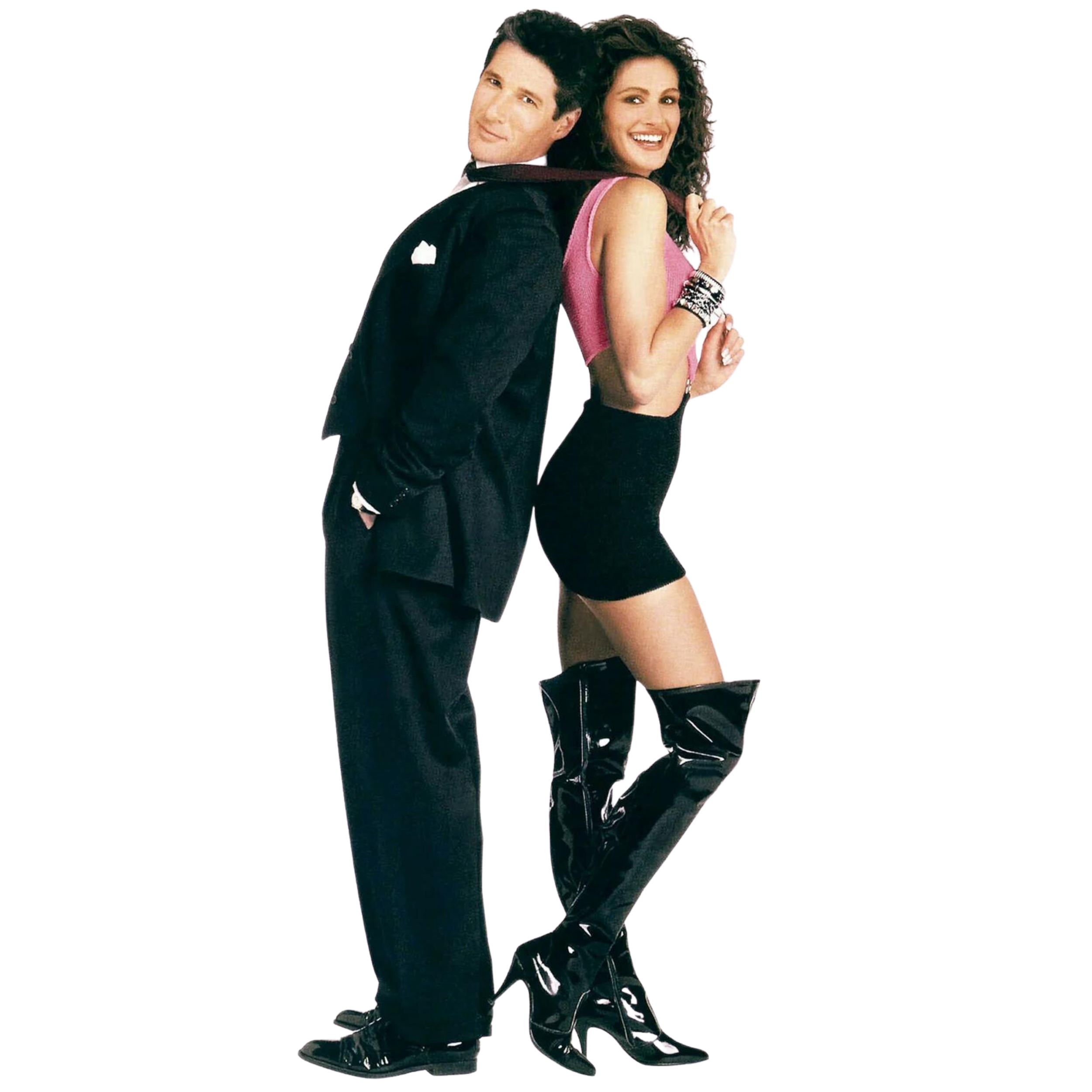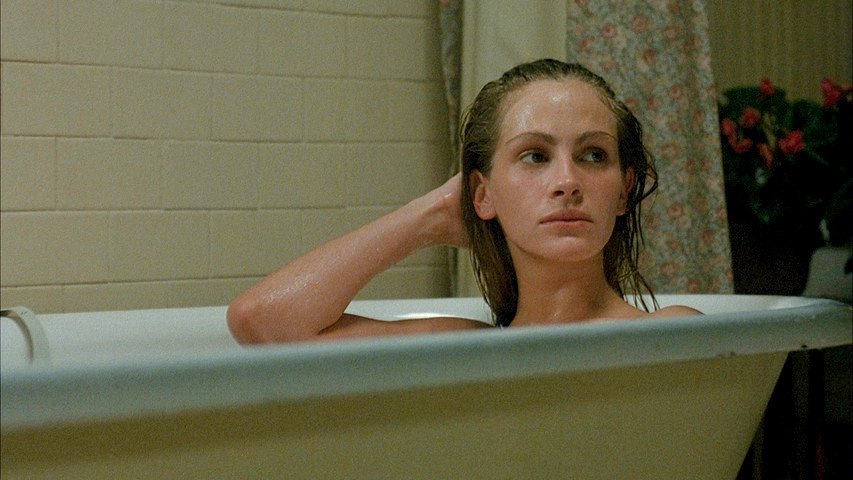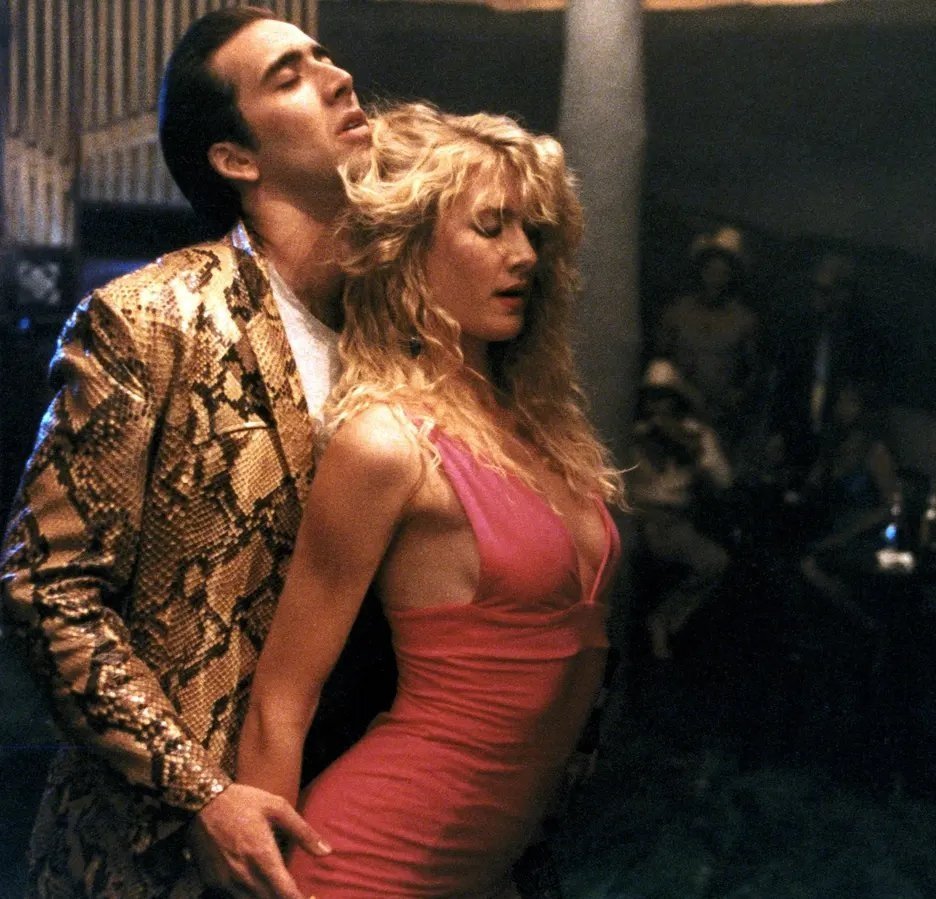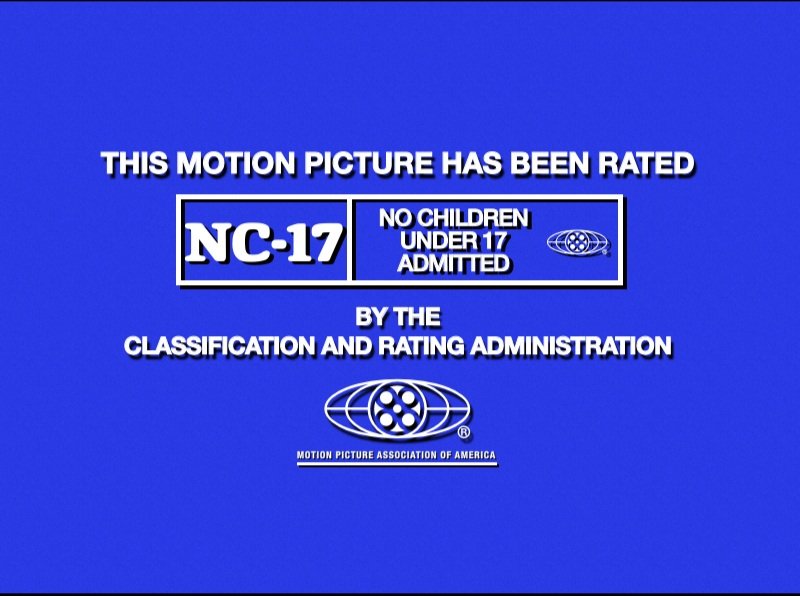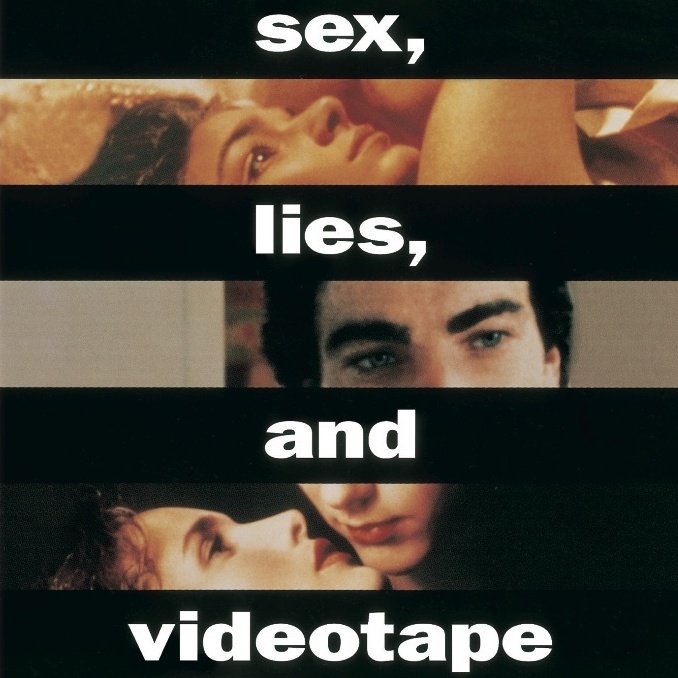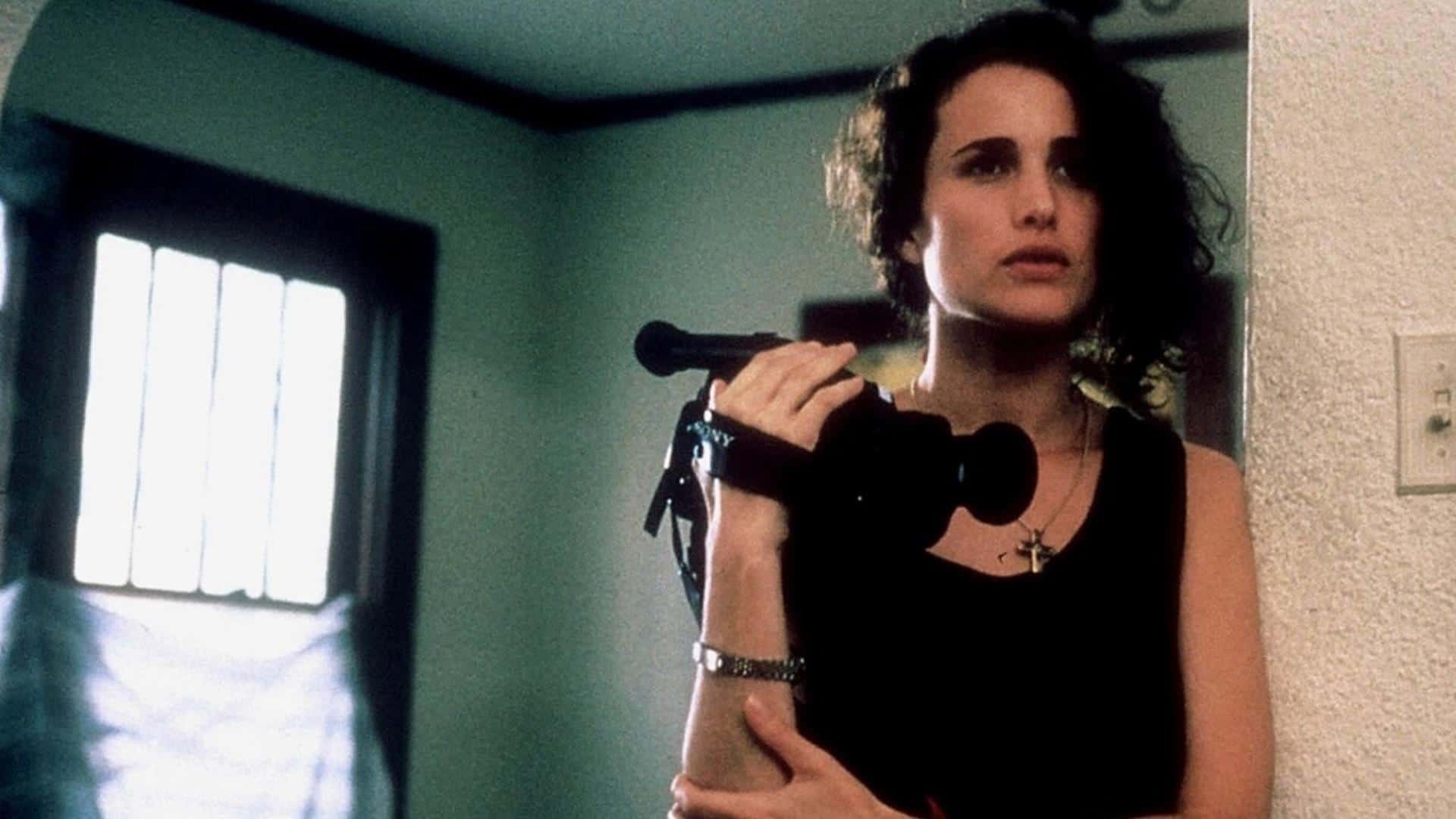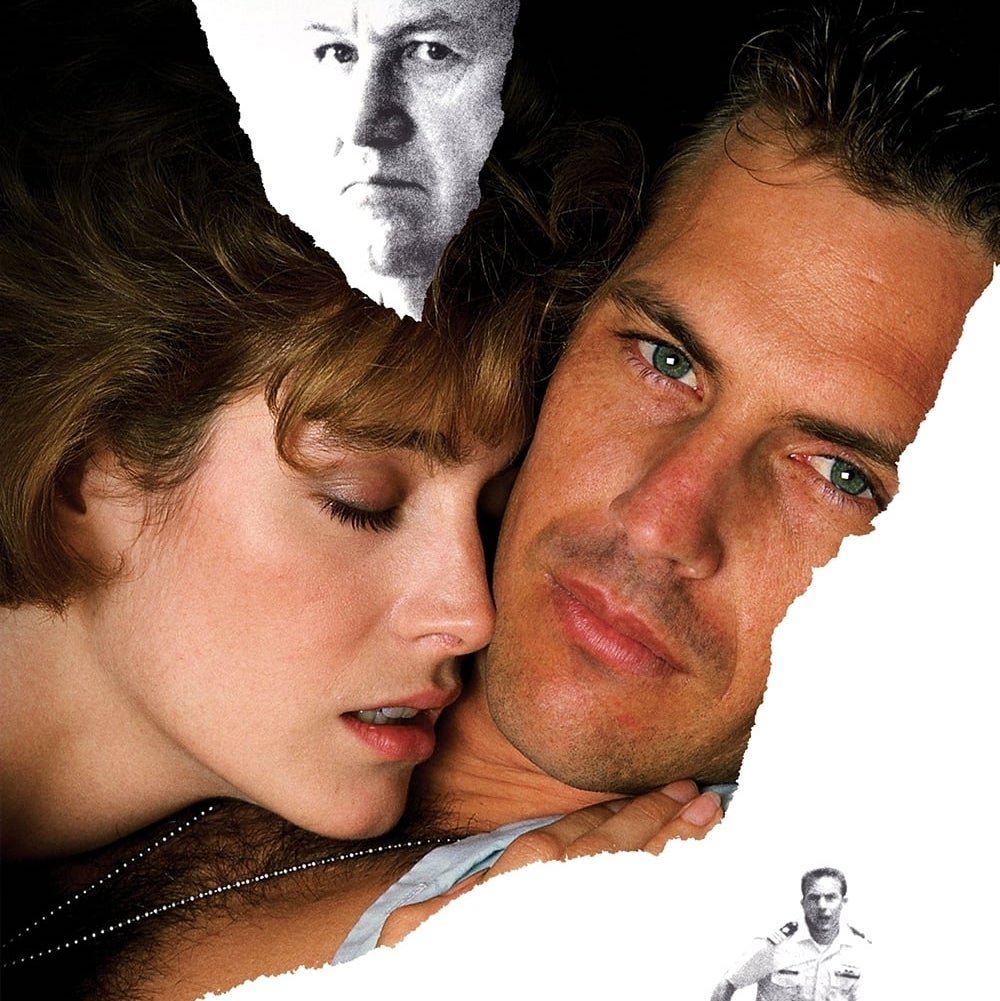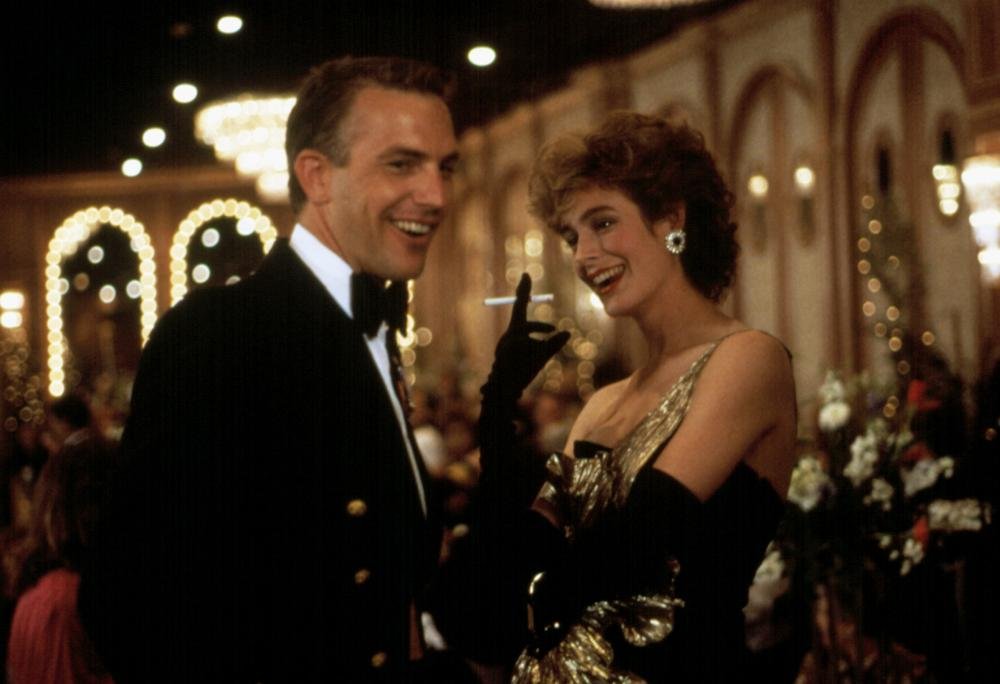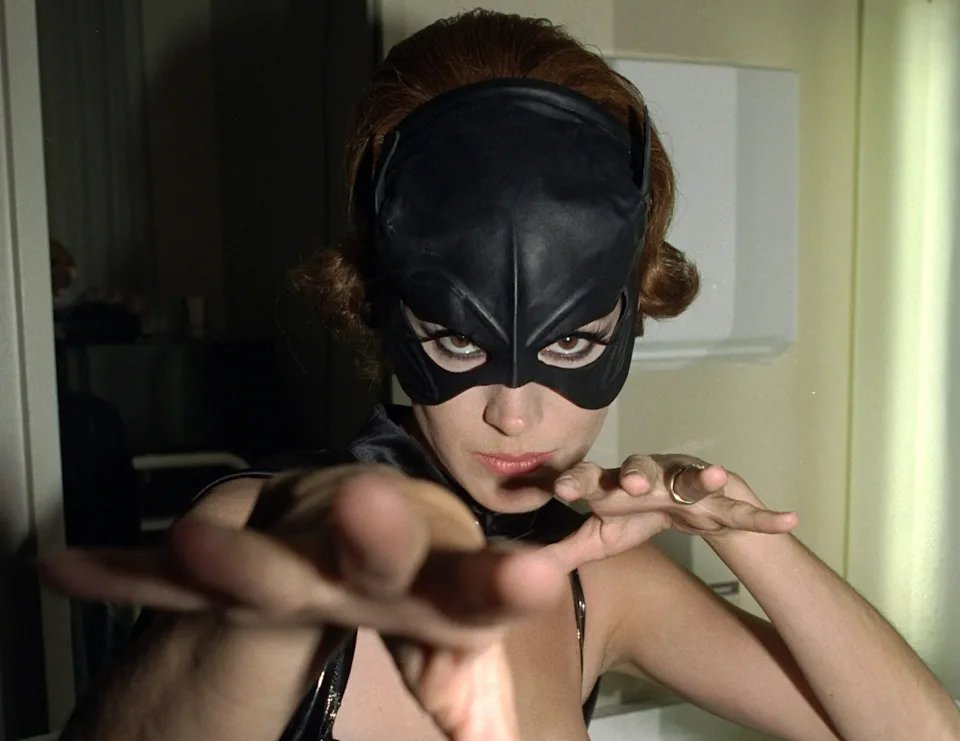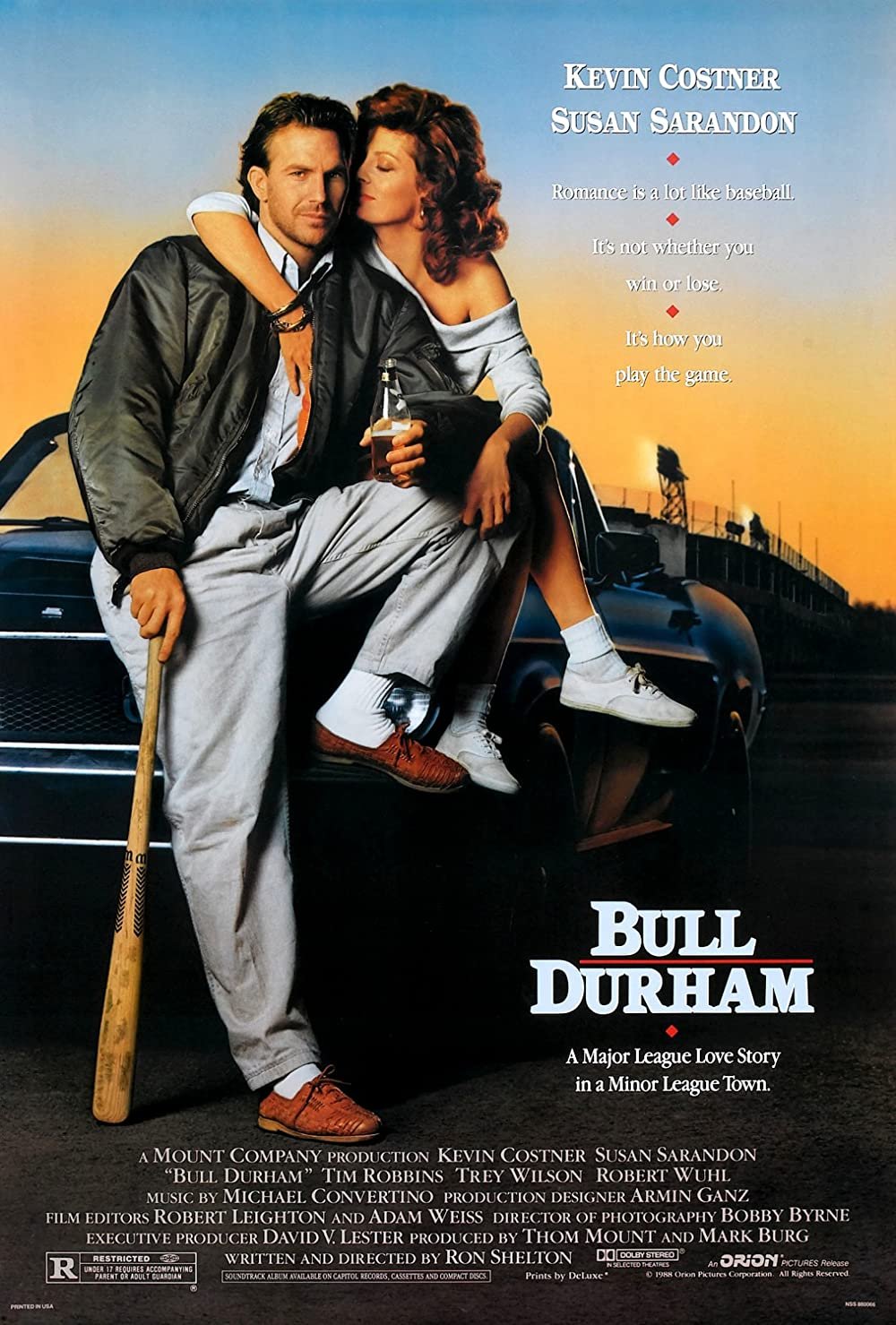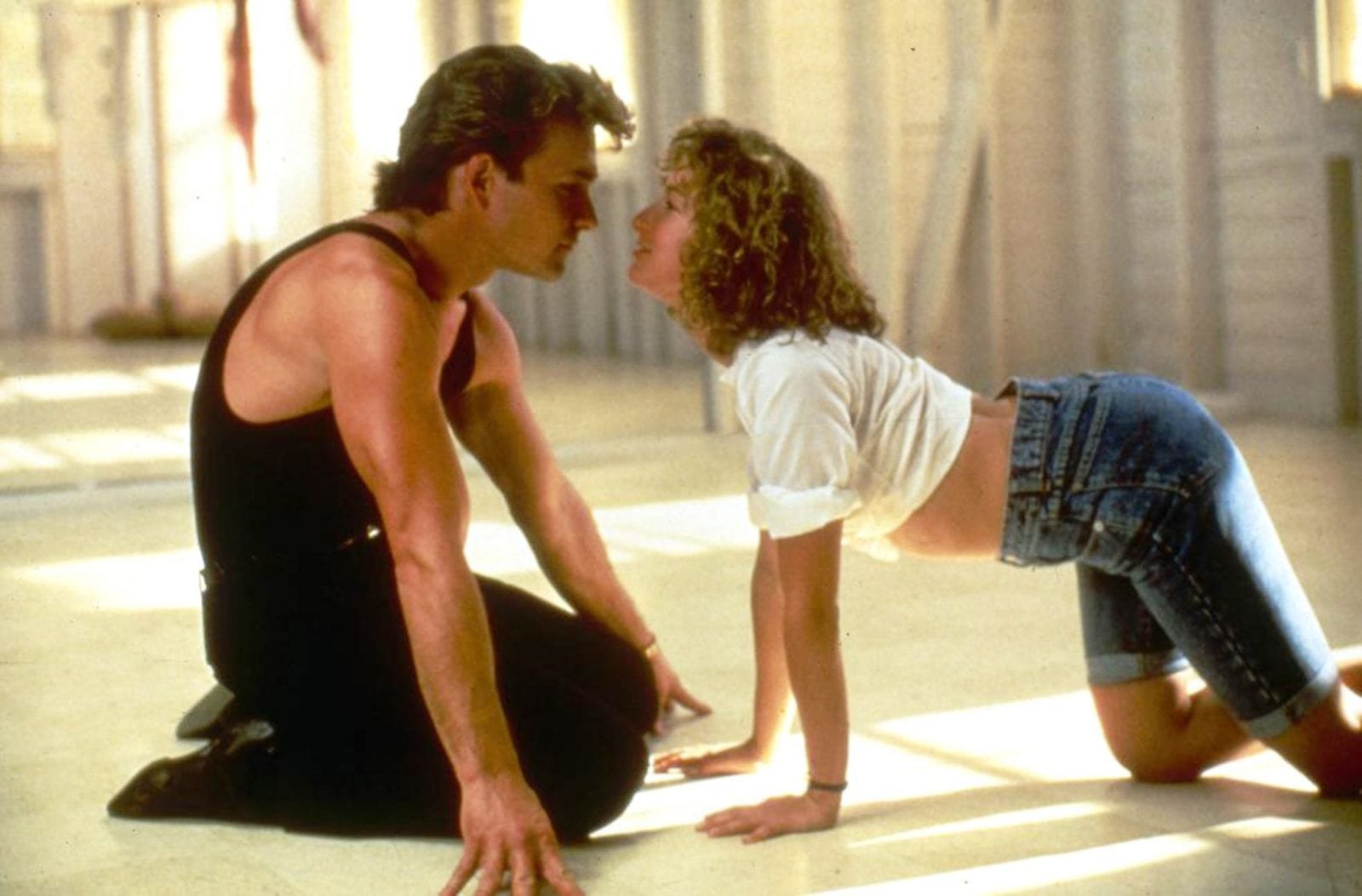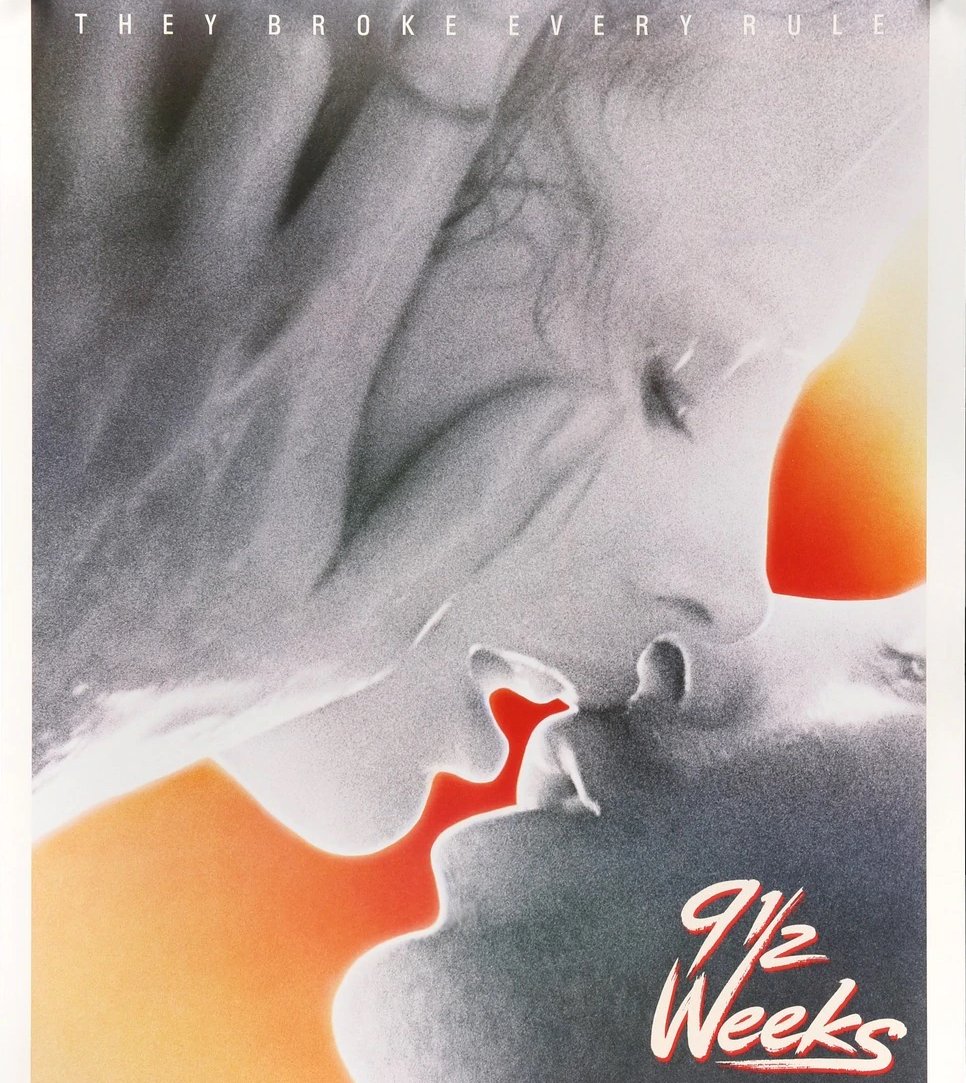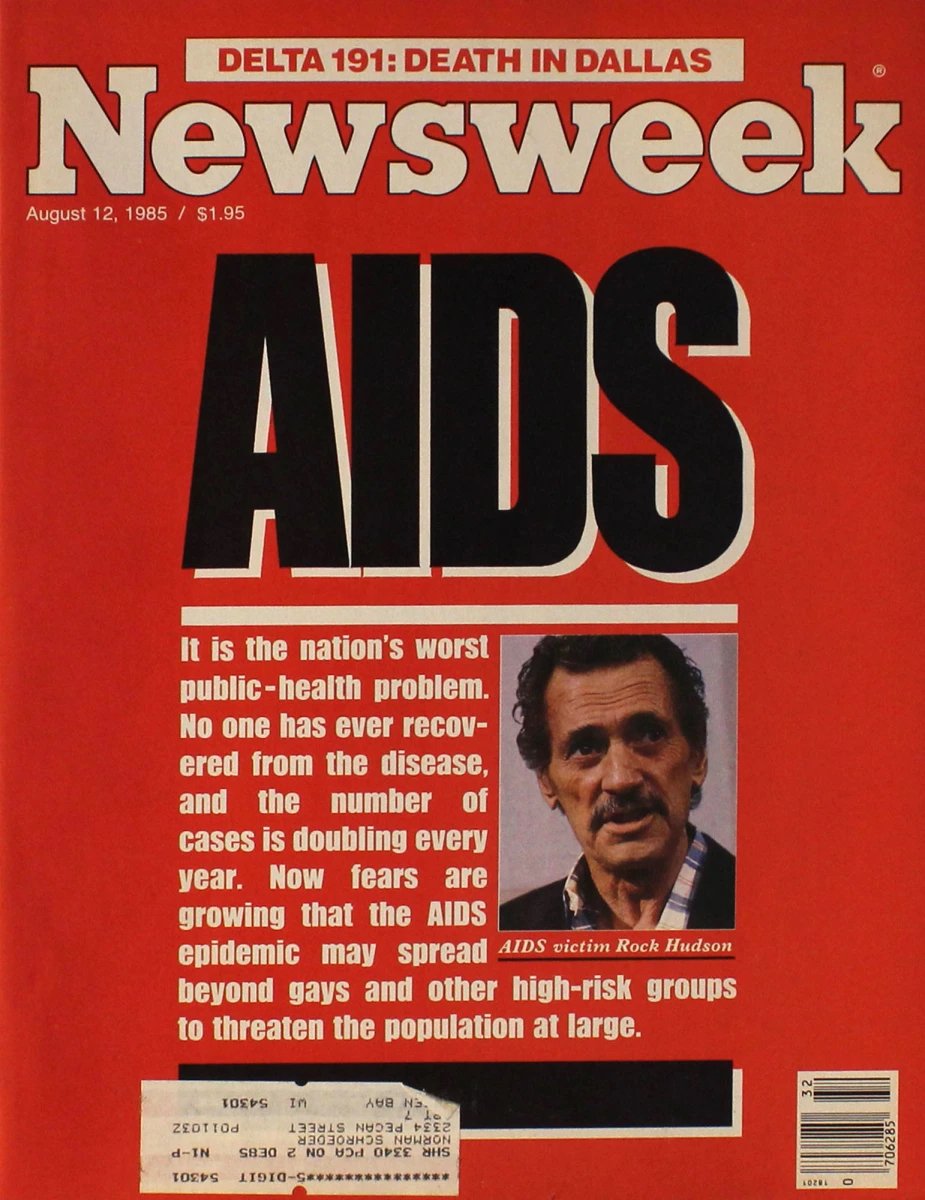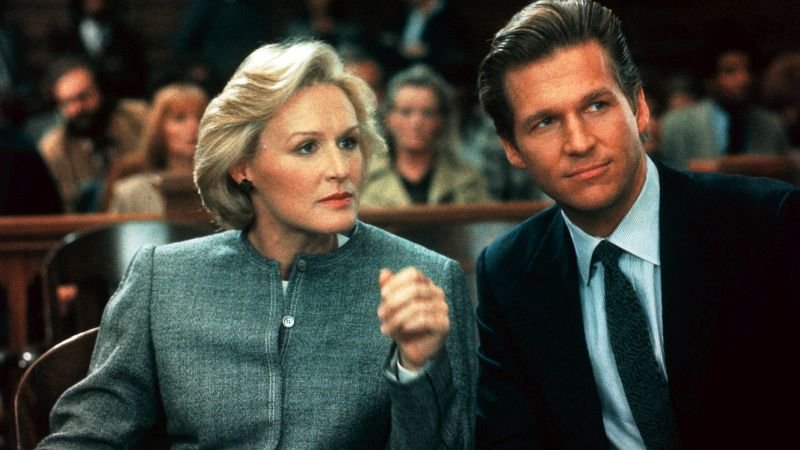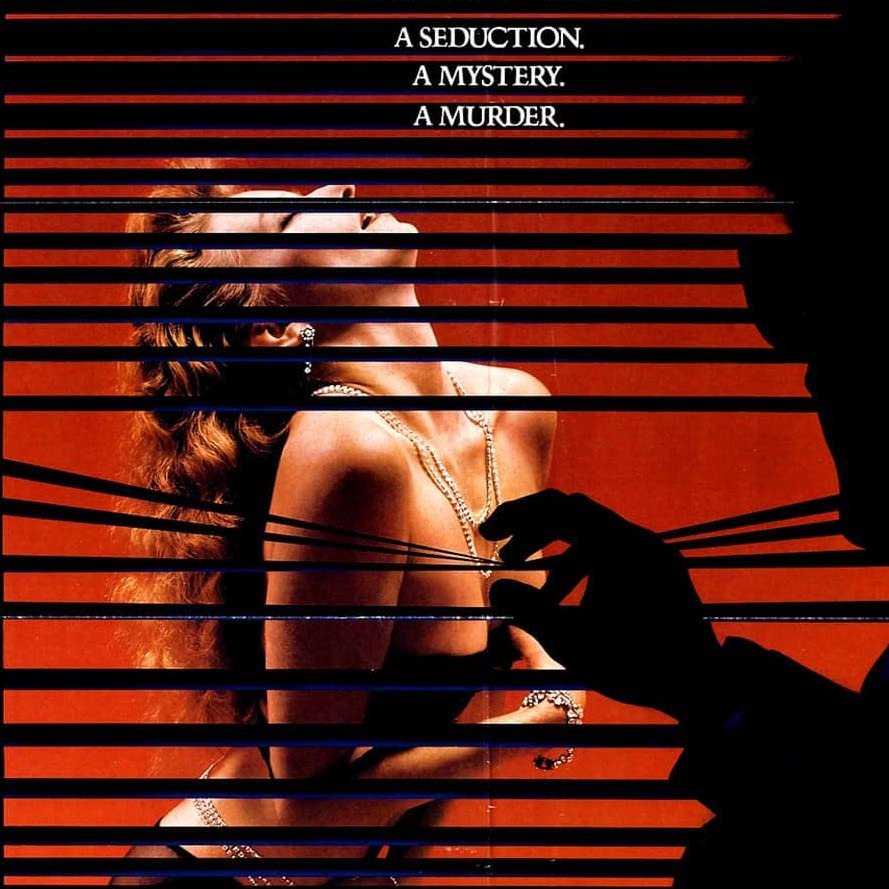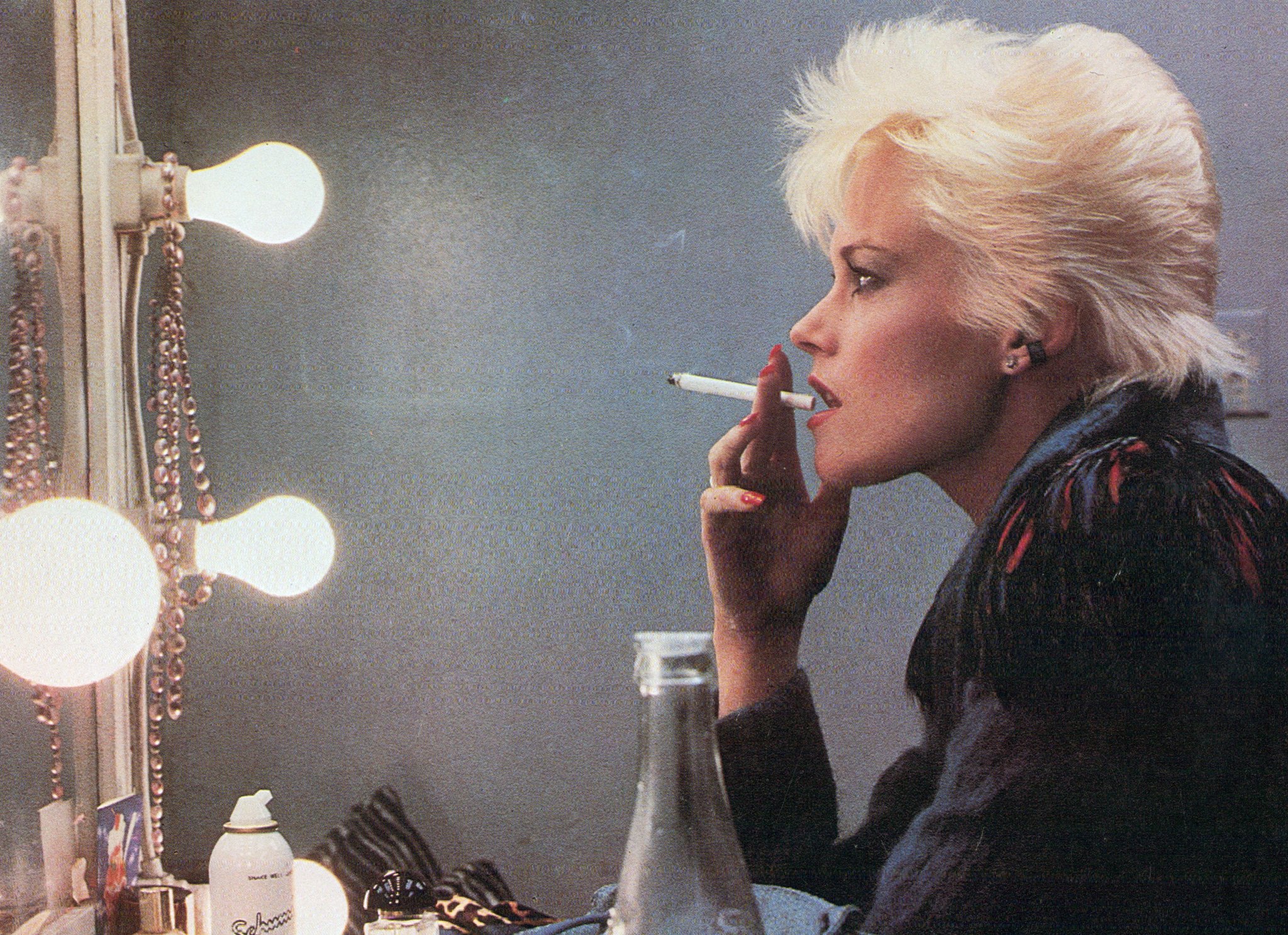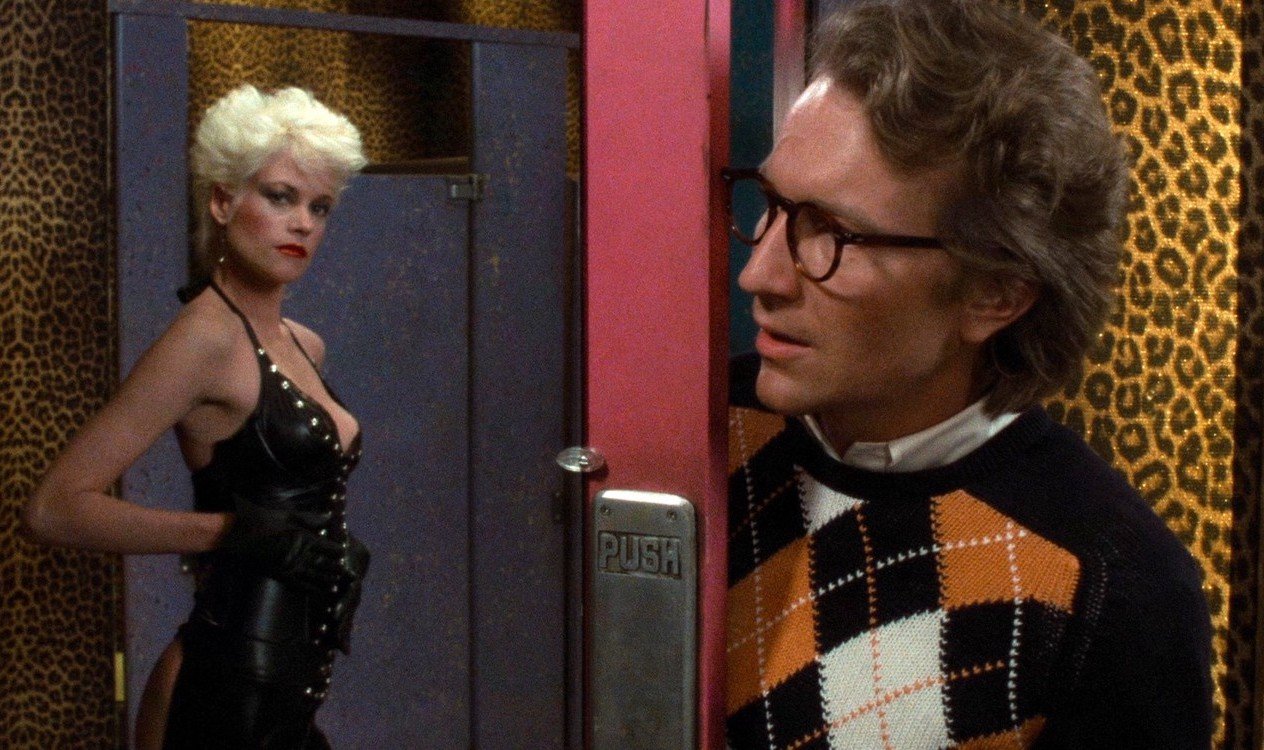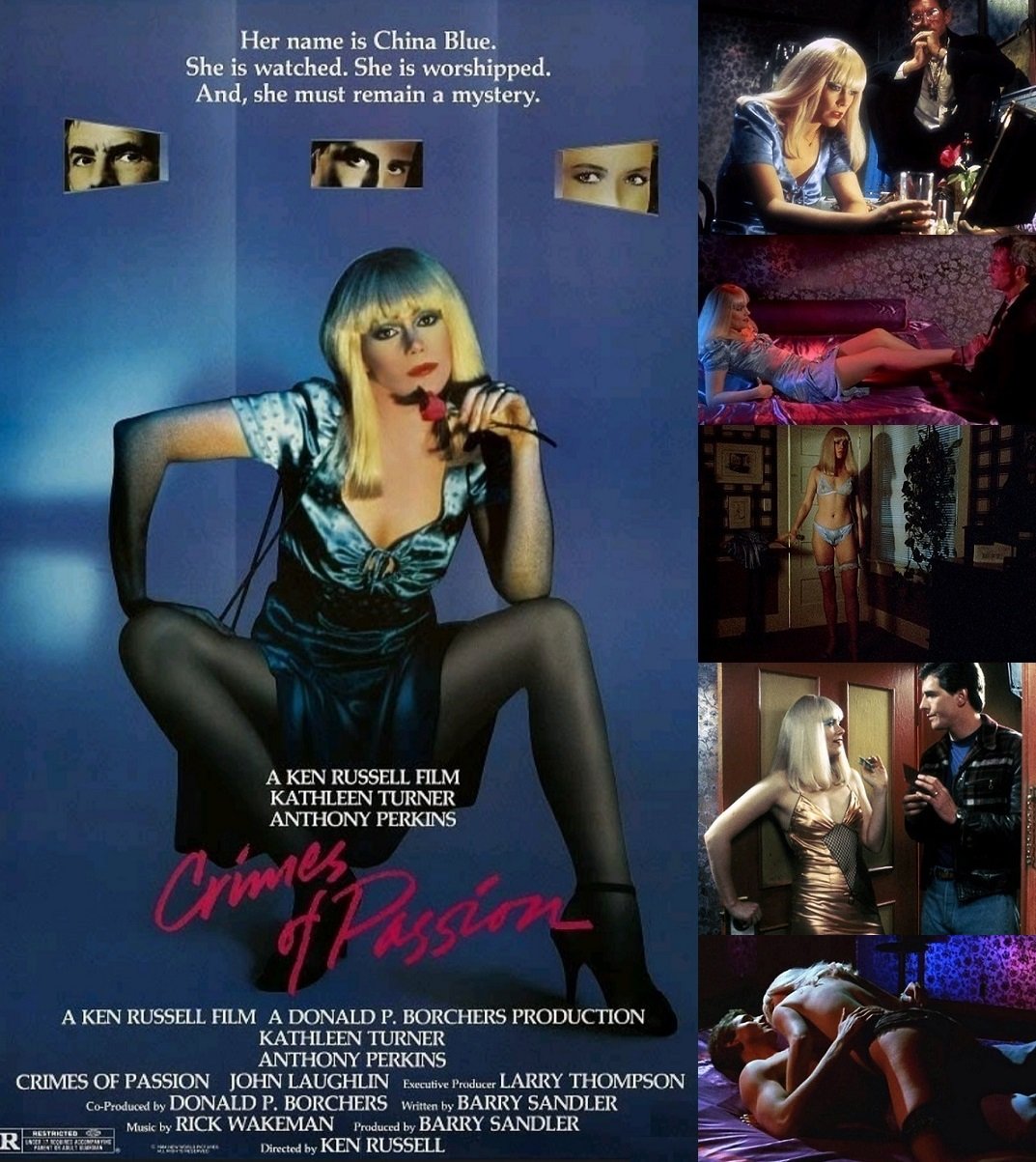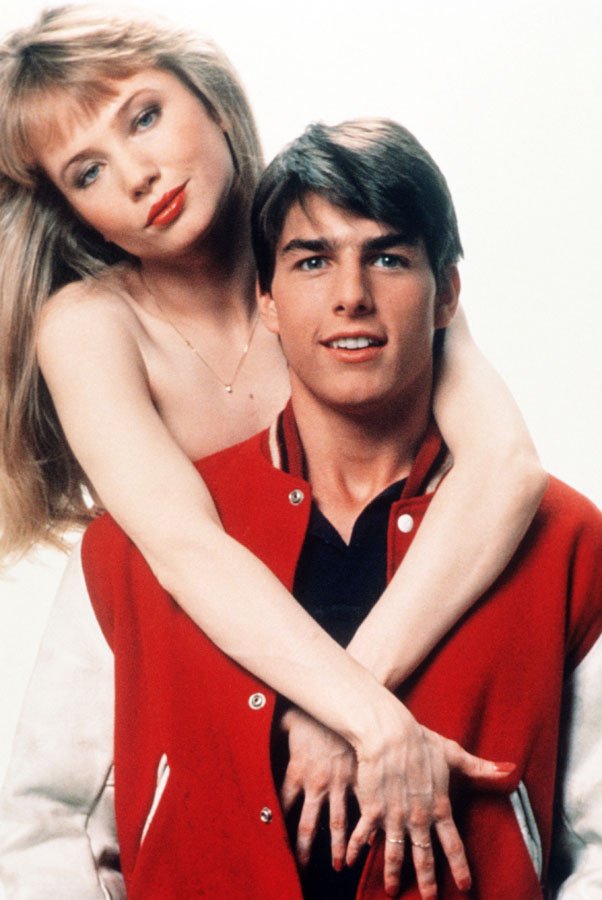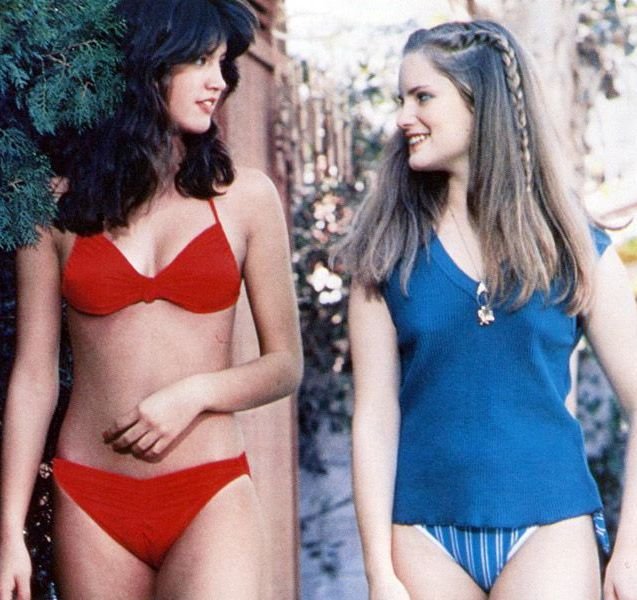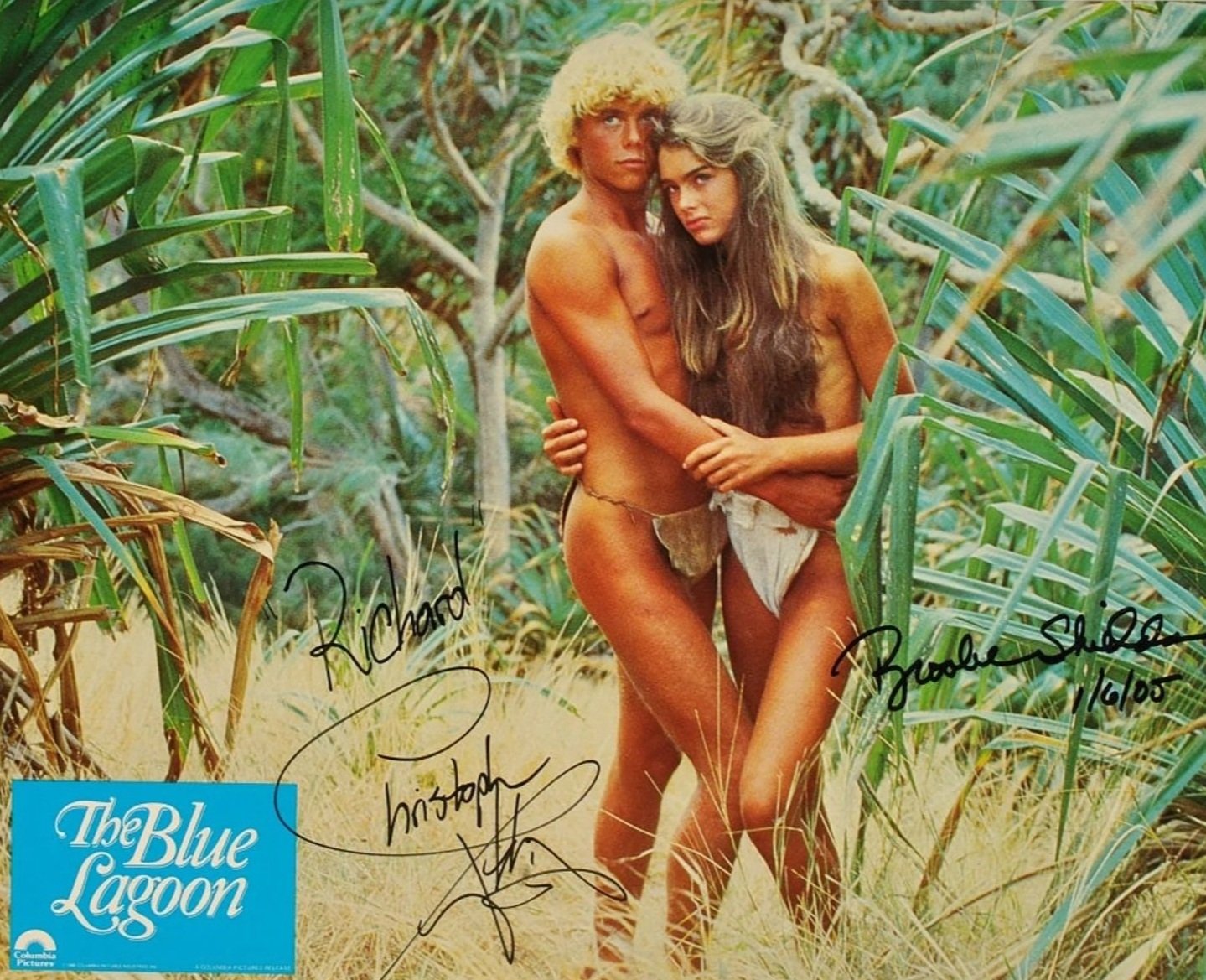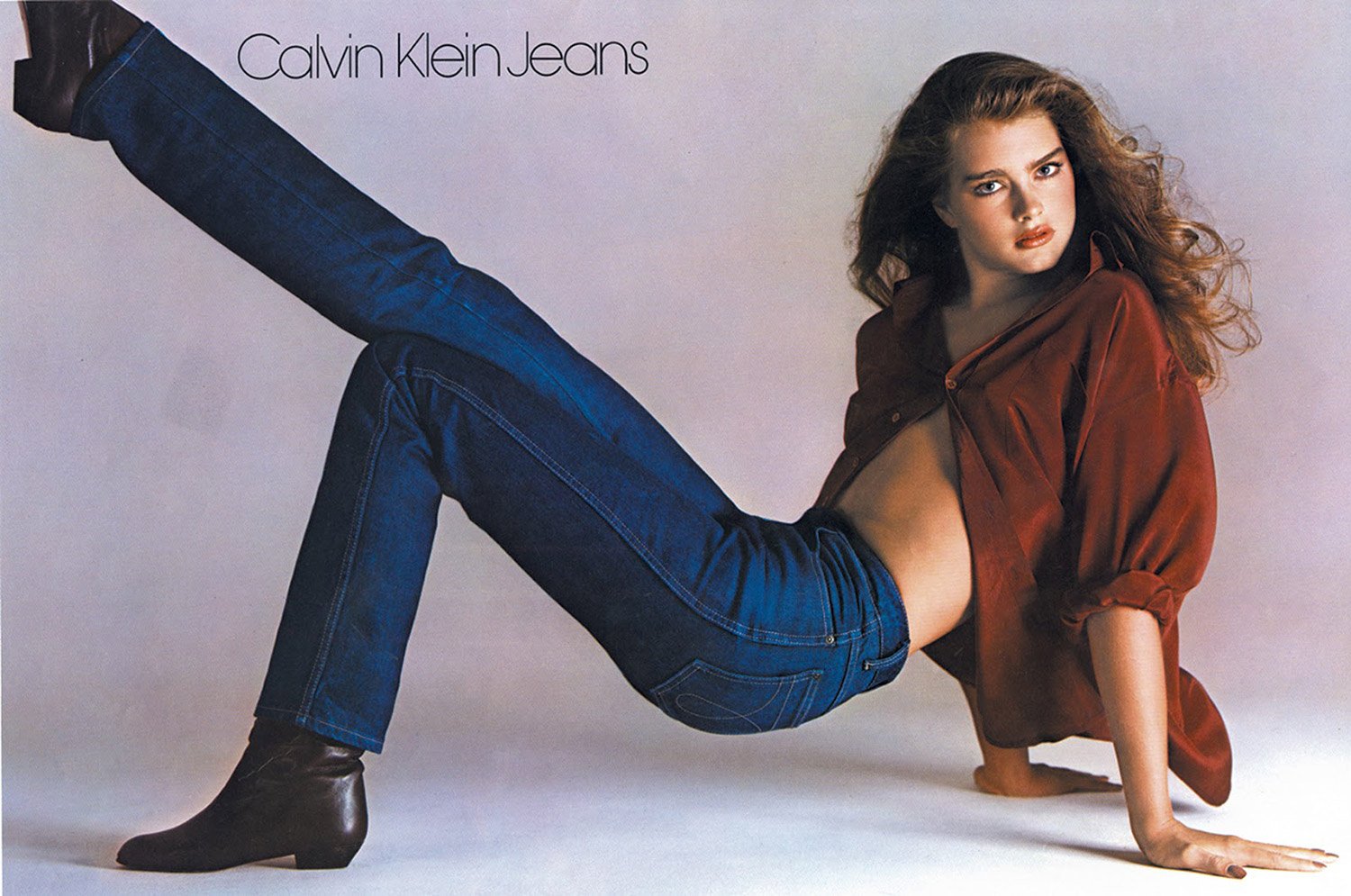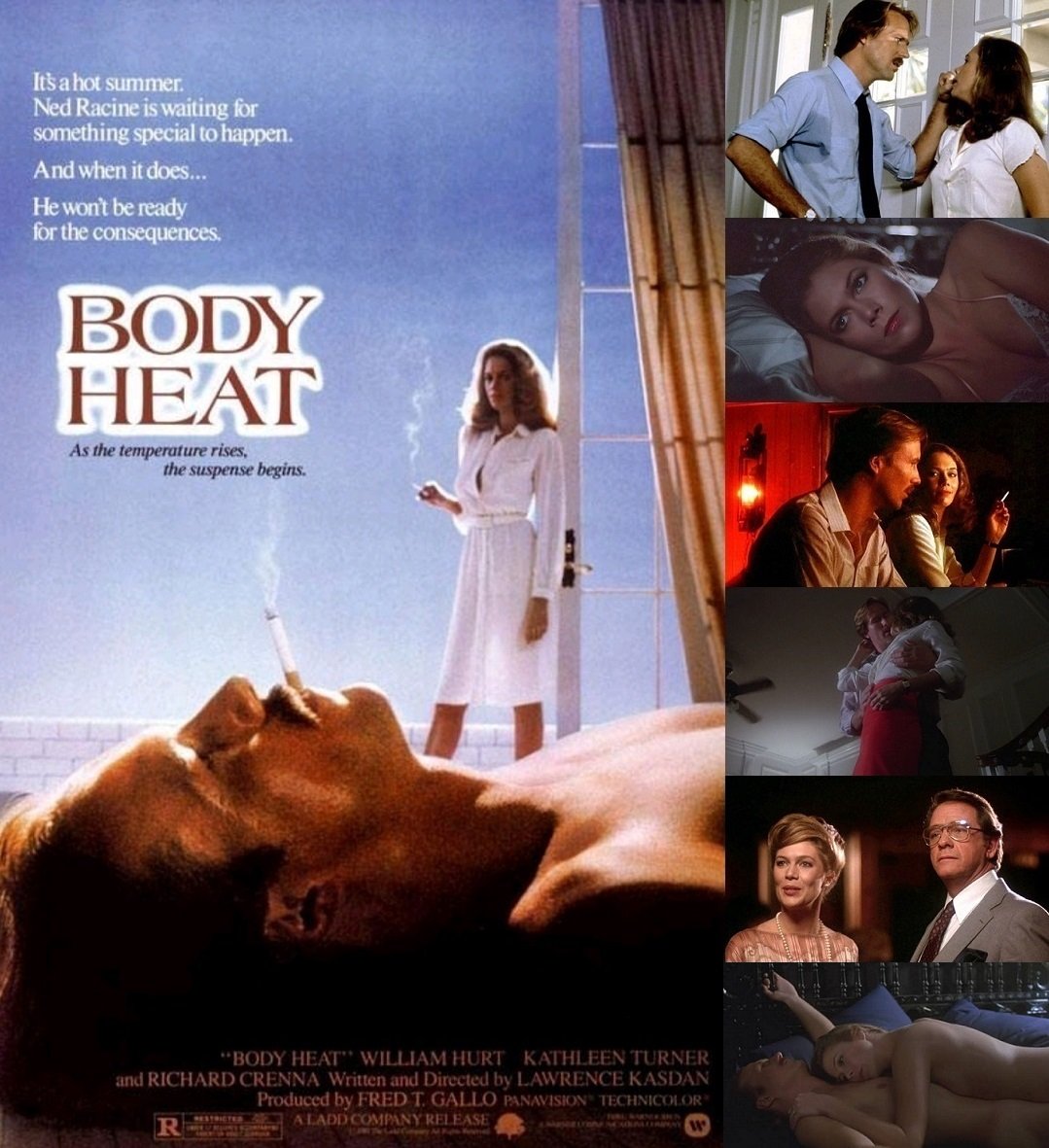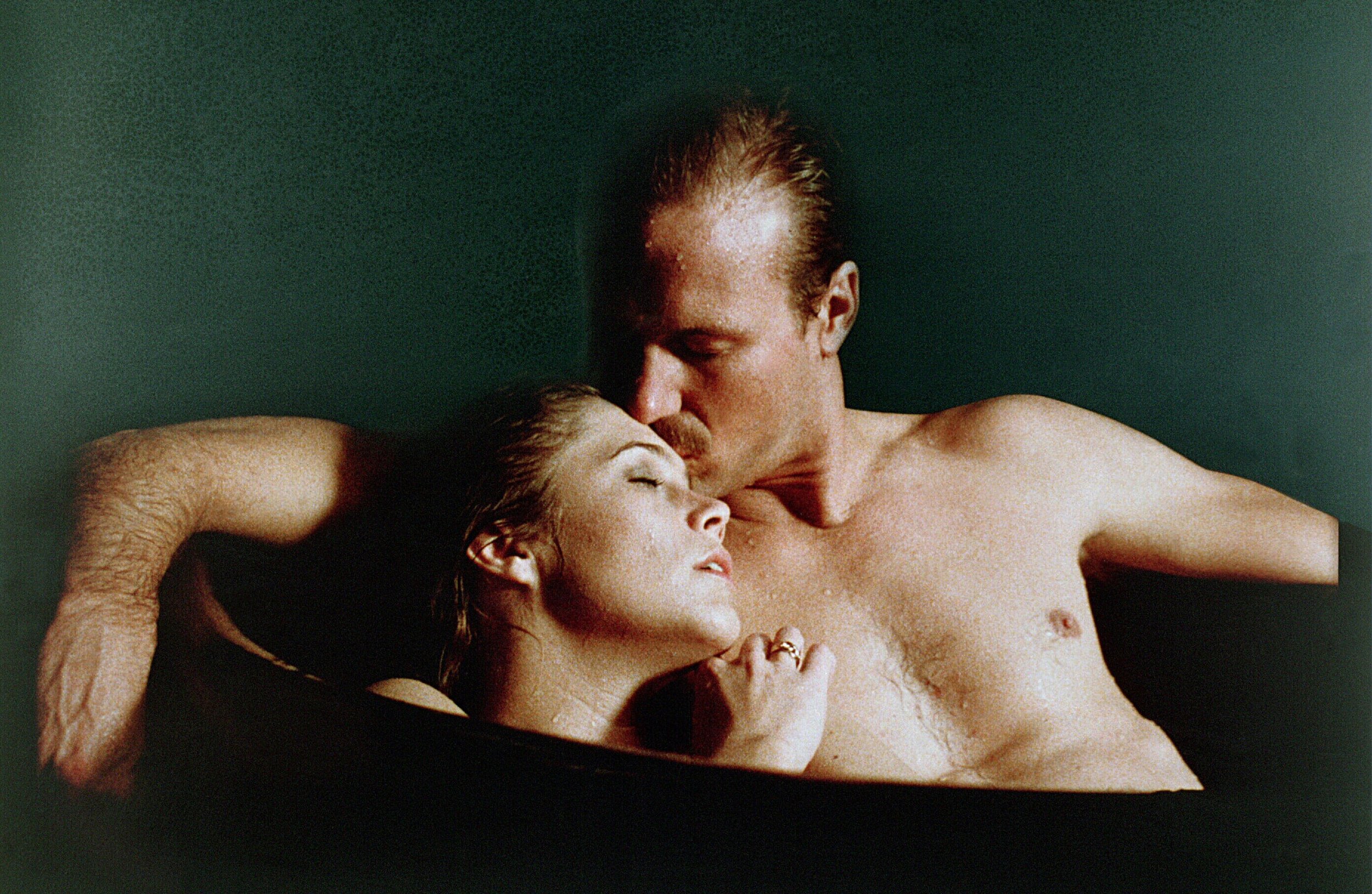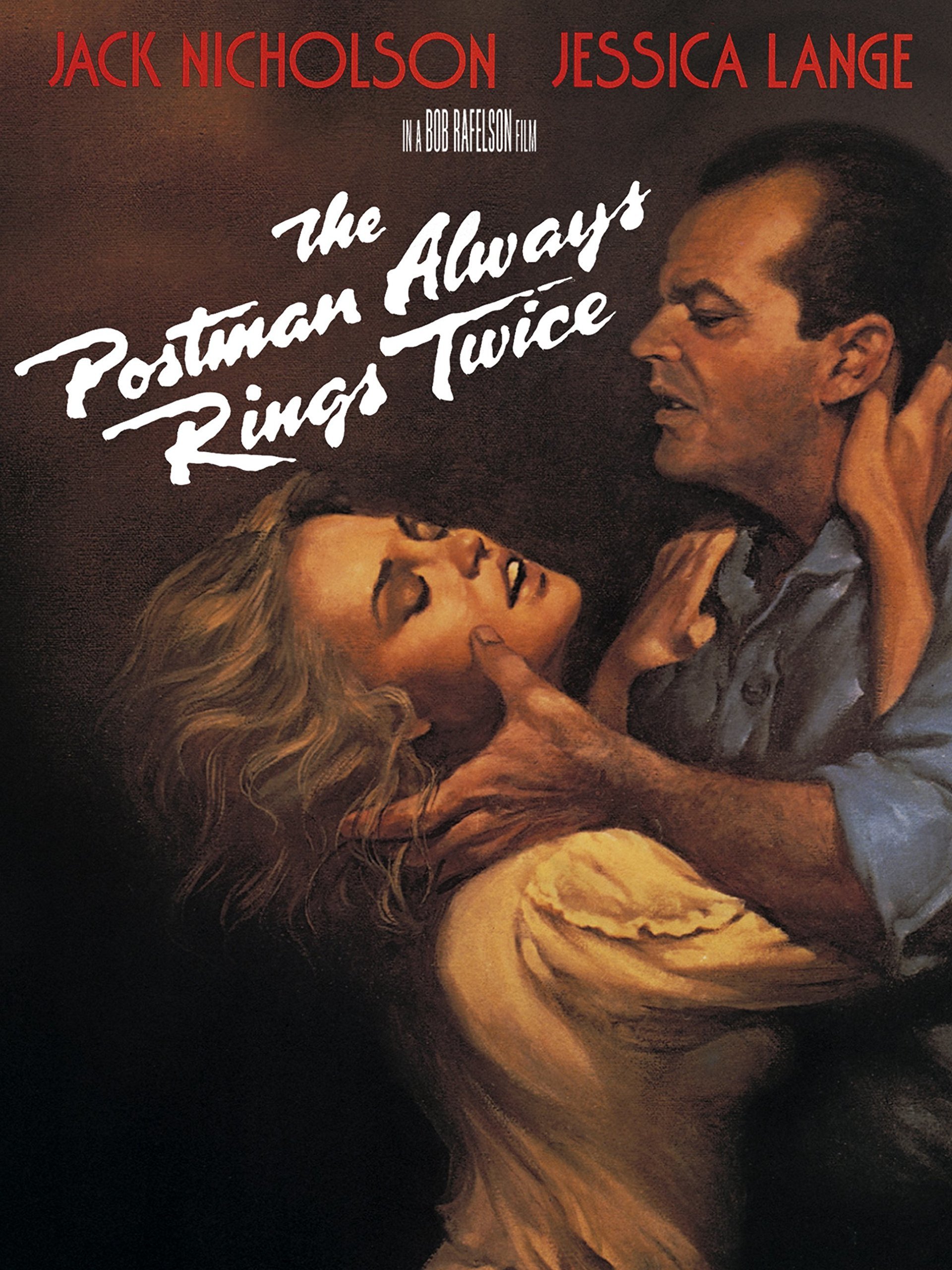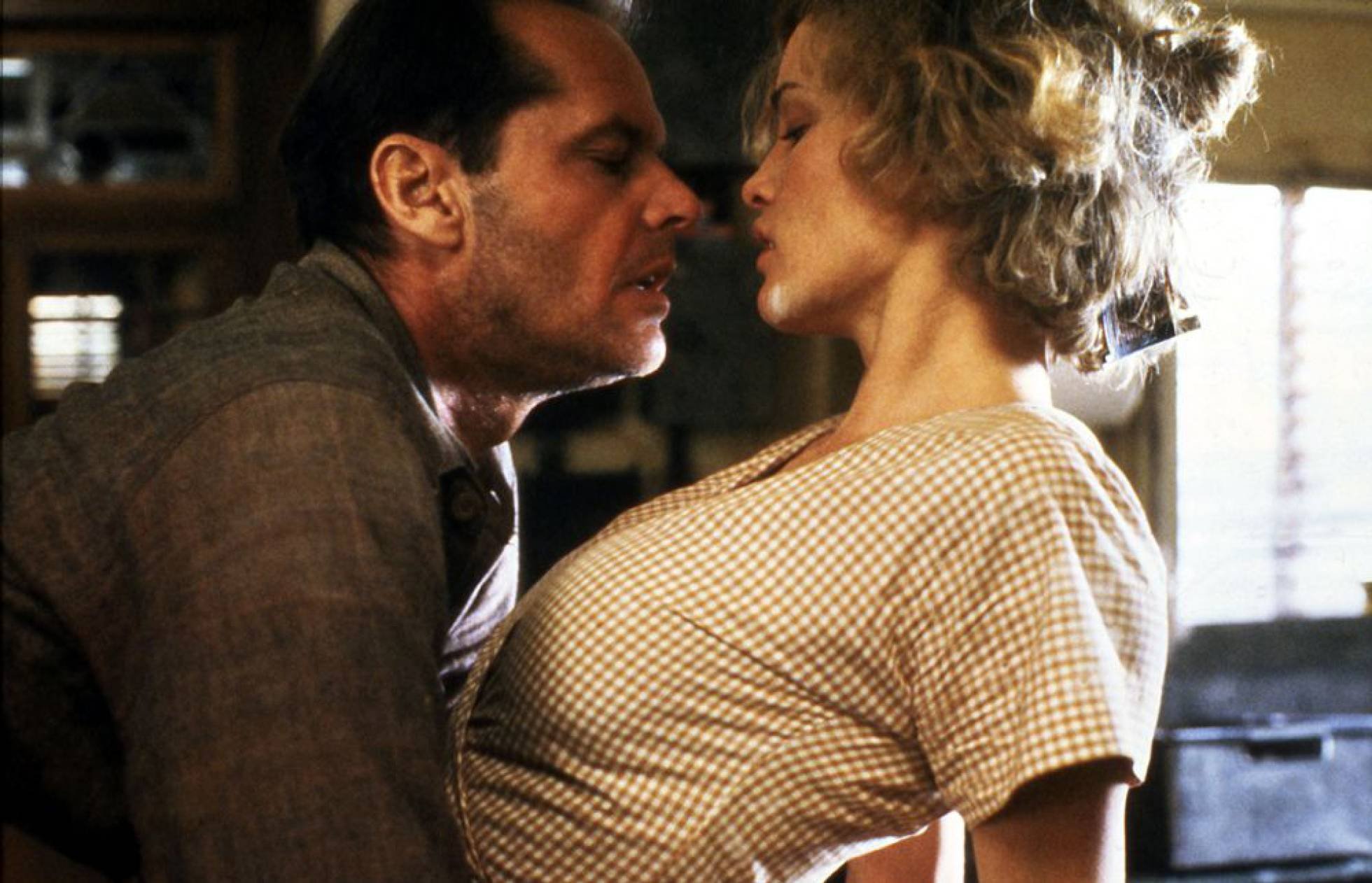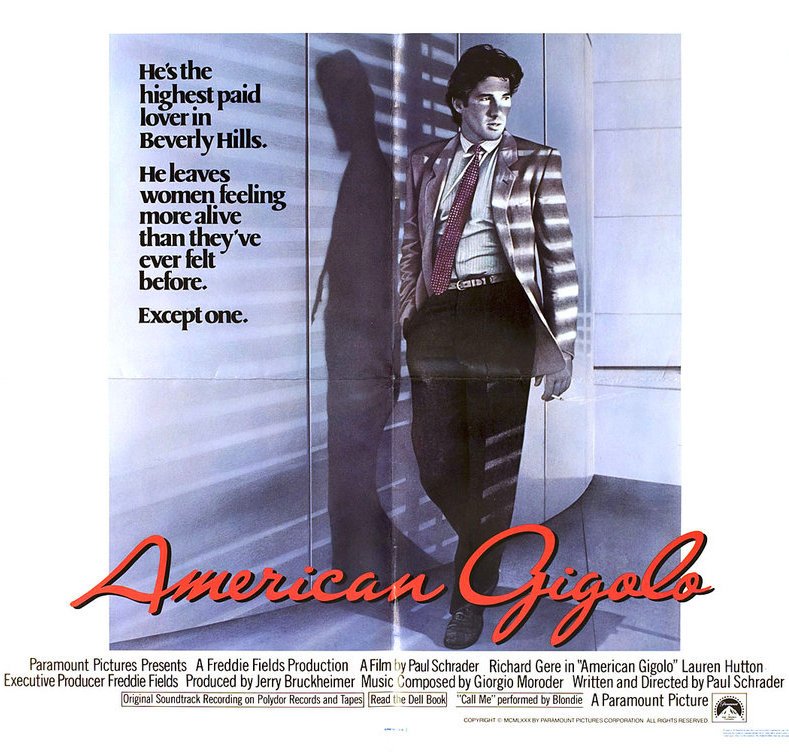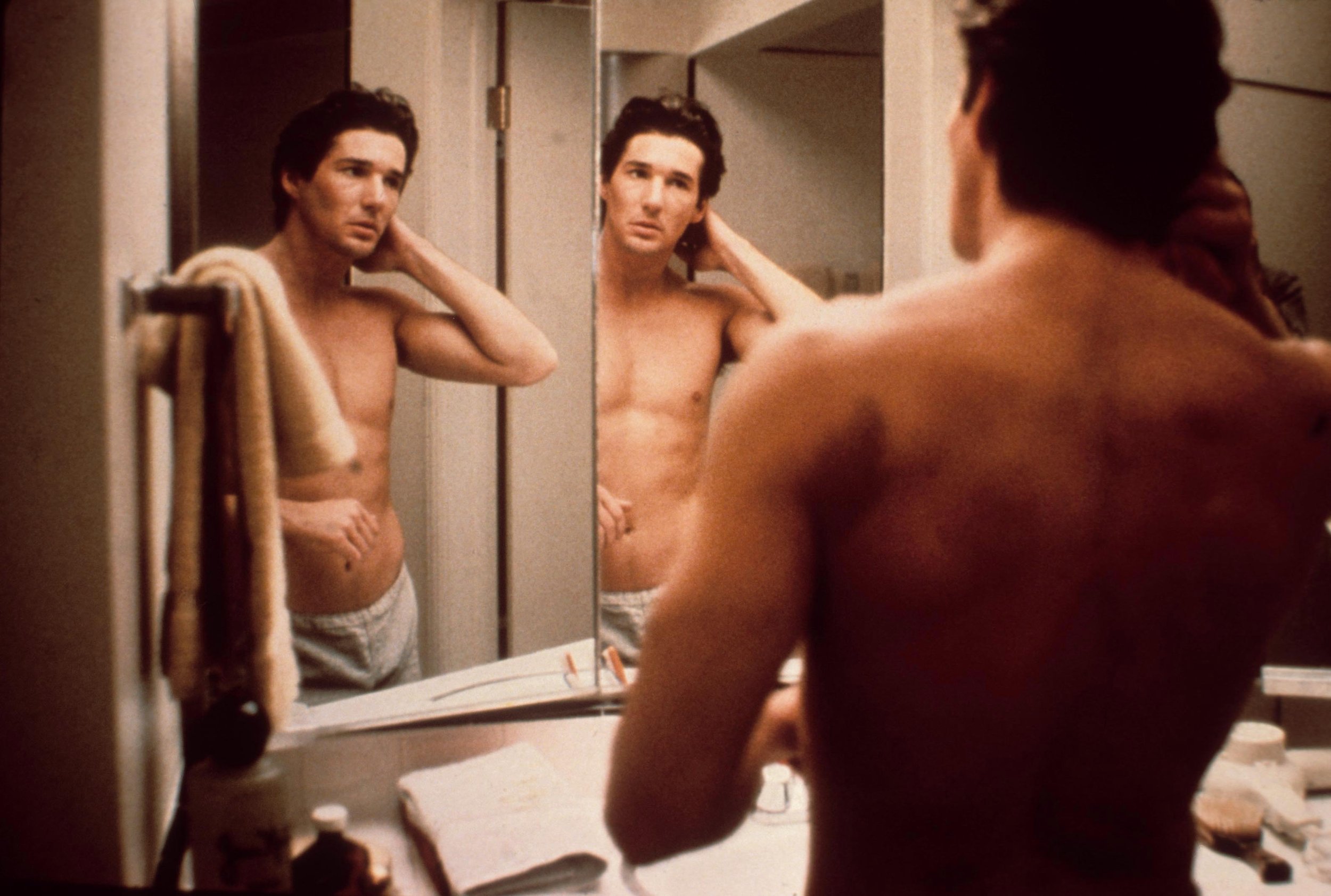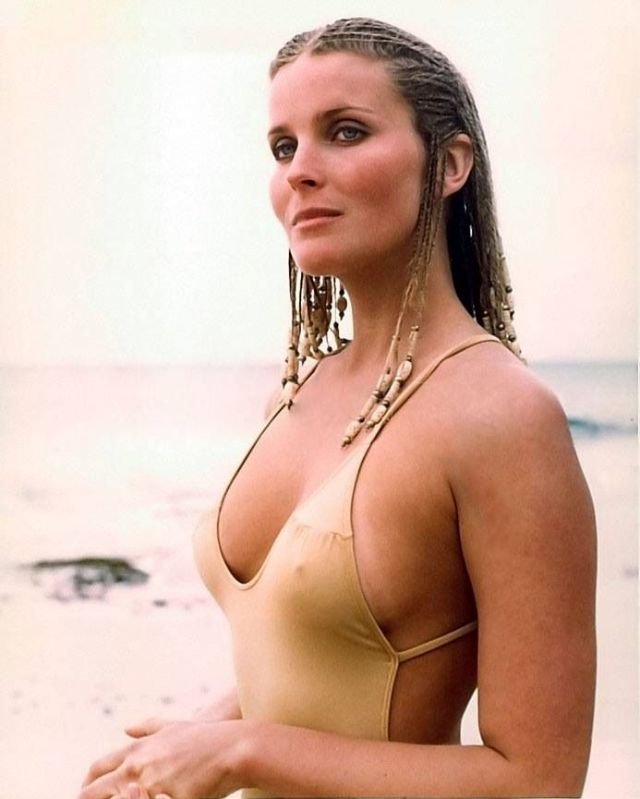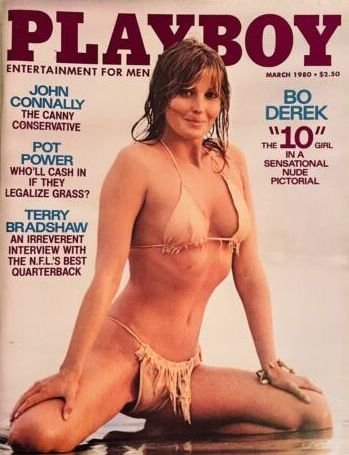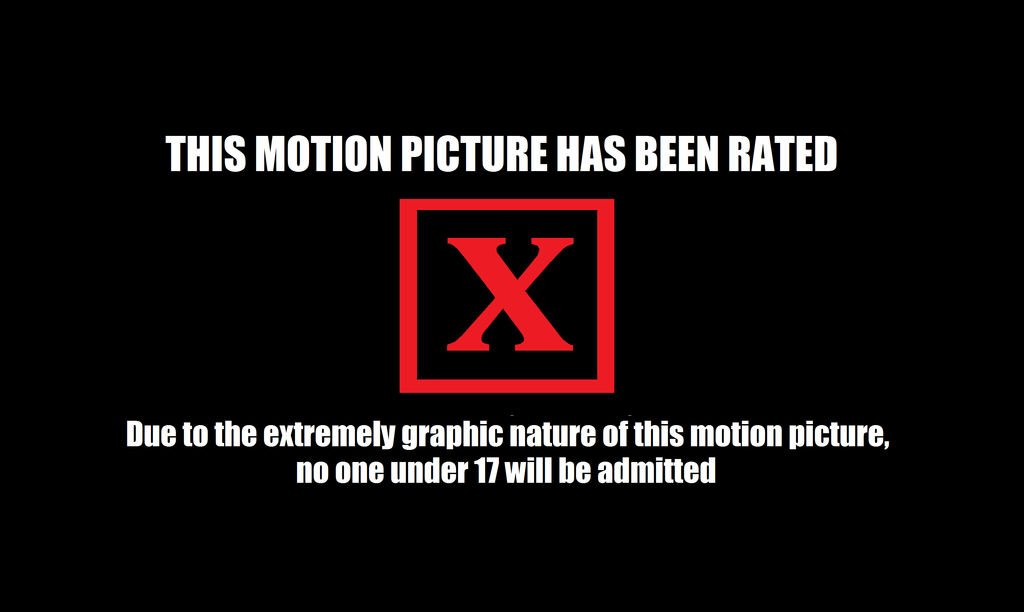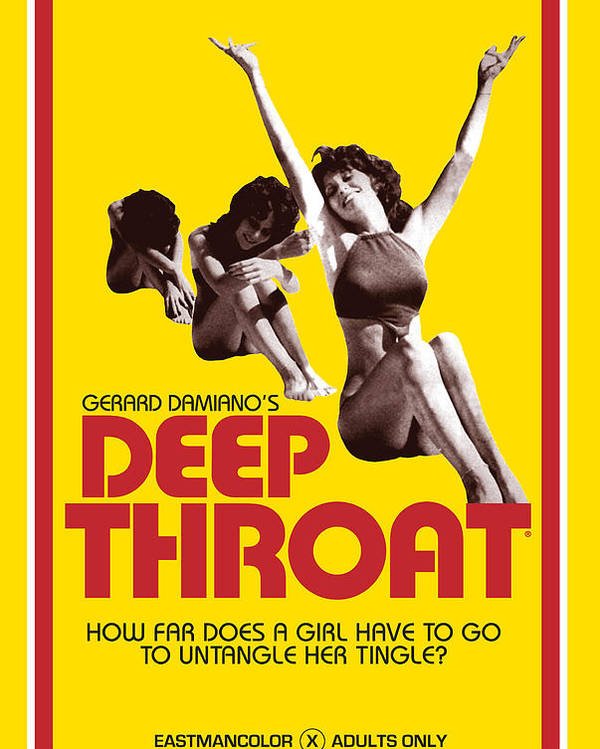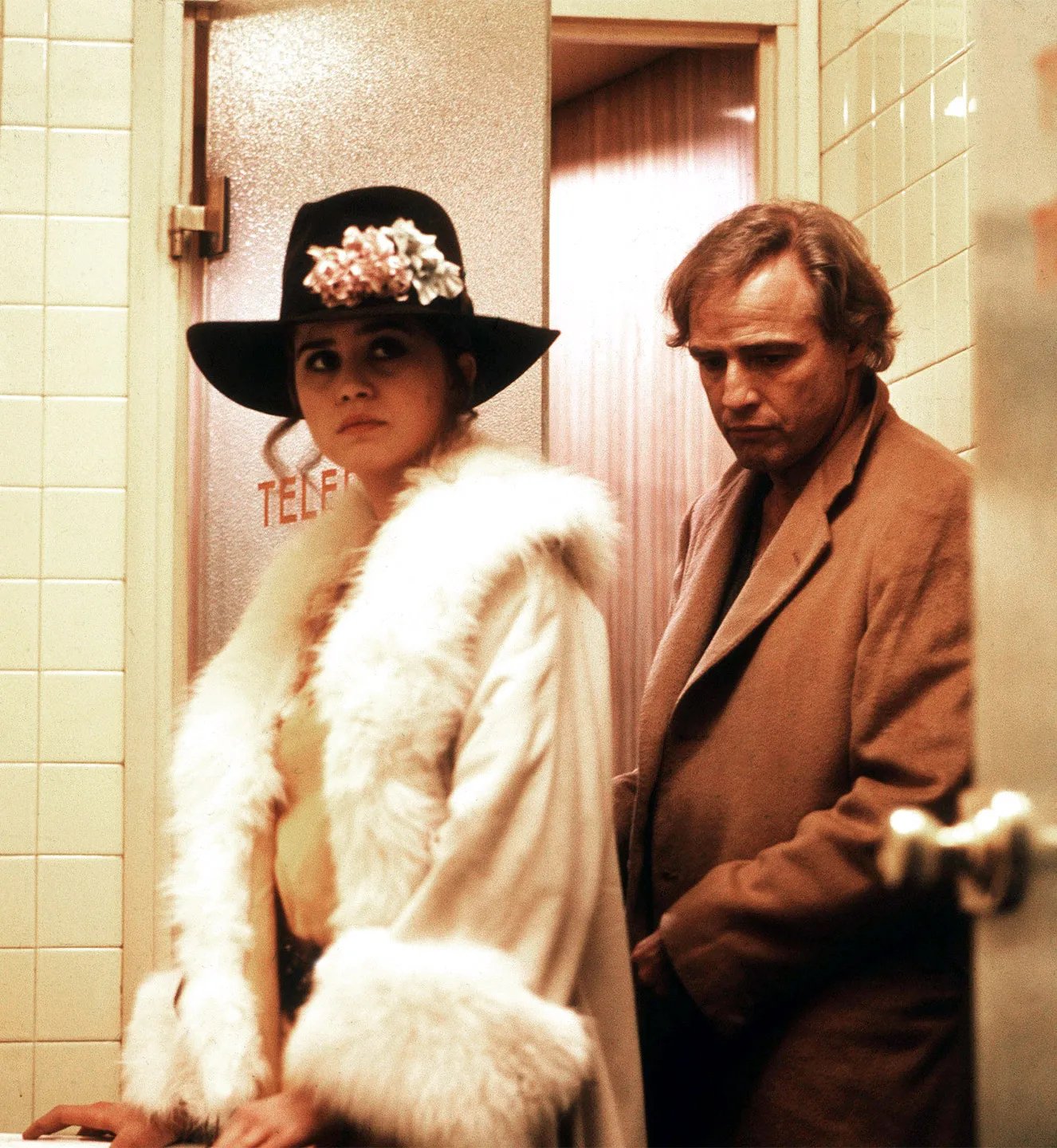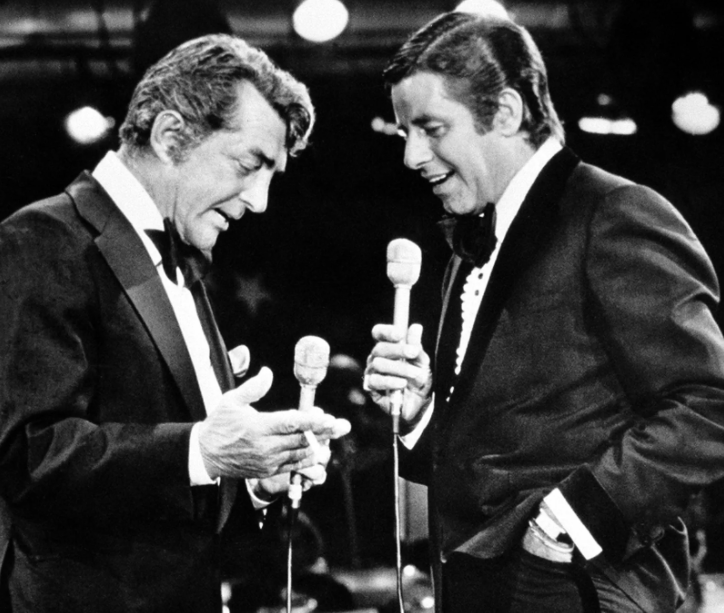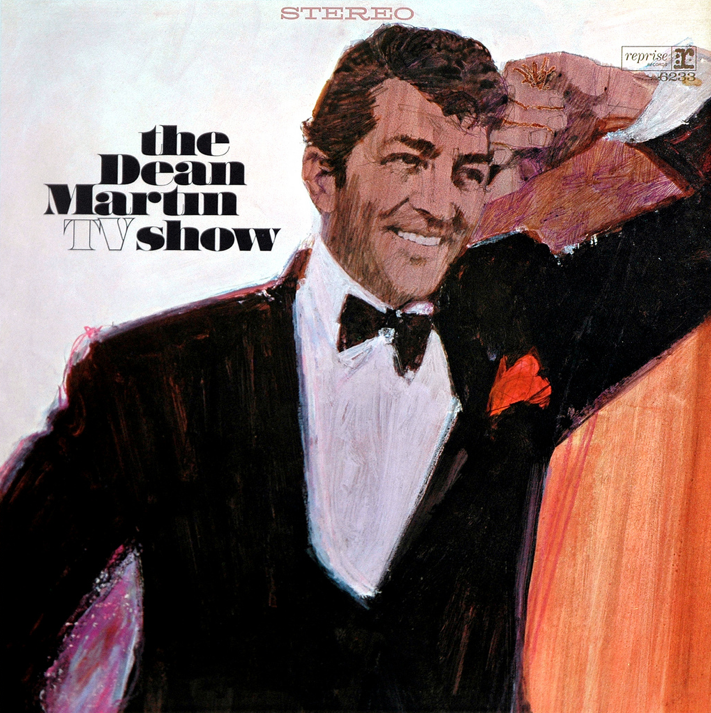Listen to this episode on Apple Podcasts or Spotify.
In the five years after the release of Fatal Attraction, Hollywood scrambled to make one movie after another about homes and workplaces invaded and threatened by sexy outsiders. Today we’ll talk about five of these films: Presumed Innocent (1990), The Hand that Rocks the Cradle (1992), Single White Female (1992), Consenting Adults (1992), and The Temp (1993).
SHOW NOTES:
Sources:
“What Makes Hollywood Bid Big for a Hot Novel” by Aljean Harmetz, NYTimes, Feb 8, 1987
“UA Deals Rights to Innocent to WB”, The Hollywood Reporter, July 27, 1988
“Books: All Rise! Action!” by Richard Corliss, TIME, June 11, 1990
“Reel-life Heroics” by Glenn Plaskin, Long Beach Press-Telegram, July 21, 1990
“Presumed Innocent' Tackles a Tough Case” by David A. Kaplan, NYTimes, July 22, 1990
“Film: Harrison Ford, ’Presumed Innocent’” by Julie Salamon, Wall Street Journal, July 26, 1990
“Crimes of Dispassion” by Helen Knode, LA Weekly, July 27, 1990
“A Full House for ‘Presumed Innocent’ By Jeannine Stein, LA Times, July 27, 1990
“Presumed Innocent” by Owen Gleiberman, Entertainment Weekly, July 27, 1990
“Who Killed a Prosecutor? Her Lover? Or Another?” by Janet Maslin, NYTimes, July 27, 1990
“Hollywood Report” by Martin A. Grove, The Hollywood Reporter, August 3, 1990
“On Their Case” by Georgia Brown, Village Voice, Sept 7, 1990
“Film: Harrison Ford, ’Presumed Innocent’” by Julie Salamon, Wall Street Journal, July 26, 1990
“FILM; Say Hello To the Nanny From Hell” By Bernard Weinraub, NYTimes, Jan. 5, 1992
“UP AND COMING: Julianne Moore; Nanny's Nemesis” by Amy Clyde, NYTimes, Feb. 9, 1992
"She Was Bad News: Male Paranoia and the Contemporary New Woman” by Amelia Jones, Camera Obscura. Jan-May91, Issue 25/26, p296-320. 25p.
“Dish” Claudia Eller, Variety, March 3, 1992
“SWF Finds Roomie Who Splits More Than Rent” by Peter Rainer, LA Times, August 14, 1992
“Trend Alert: Looks like the Cradle Rocked Hollywood” by Andy Marx, LA Times, 1992
“Double Whammy” by Graham Fuller, Interview, Aug, 1992
“Single White Female”, Todd McCarthy, Variety, Aug 10, 1992
“Single White Female,” Henry Sheehan, The Hollywood Reporter, Aug 10, 1992
“Film: The Roommate From Hell” Julie Salamon, Wall Street Journal, Aug 13, 1992
“Old Formulas, New Variations” by David Ansen, Newsweek, Aug 17, 1992
“The Current Cinema: Tricks” by Michael Sragow, New Yorker, Aug 24, 1992
“Single White Female” by John Powers, New York Magazine, August 31, 1992
“The Single Hottest Cut” by Barbara Foley, LA Times Aug 9, 1992
“For the Other Fonda, Bridget, It's No Easy Ride” By Jeffrey Wells, NYTimes, Aug. 30, 1992
“Meeting the Neighbors Is a Very Big Mistake” by Janet Maslin, NYTimes, Oct. 16, 1992
“Consenting Adults” by Brian Lowry, Variety, Oct 16, 1992
“Barbet’s Feast” Brian Case, Time Out London, Nov 11, 1992
“Consenting Adults” by Kevin McManus, Washington Post, Oct. 16, 1992
Please note: as an Amazon Associate Karina earns from qualifying purchases. #ad
Music:
The music used in this episode, with the exception of the intro, was sourced from royalty-free music libraries and licensed music collections. The intro includes a clip from the film Casablanca.
Excerpts from the following songs were used throughout the episode:
Ewa Valley - Cloud Harbor
Launch Code - Kittyhawk
Vengeful - Warmbody
Floating Whist - Aeronaut
Gaddy - Little Rock
Gusty Hollow - Migration
Jat Poure - The Sweet Hots
Mknt - Simple Machines
Our Only Lark - Bitters
Maisie Dreamer - Nursery
Lick Stick - Nursery
Four Cluster - Fornax
Junca - Orange Cat
Credits:
This episode was written, narrated, and produced by Karina Longworth.
Our editor this season is Evan Viola.
Research and production assistant: Lindsey D. Schoenholtz.
Social media assistant: Brendan Whalen.
Logo design: Teddy Blanks.
